Chauvin Sculpture GardenKenny Hill

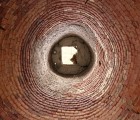
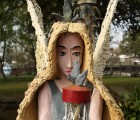
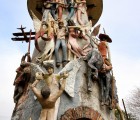
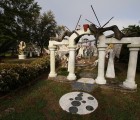
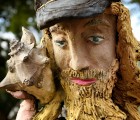

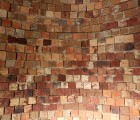
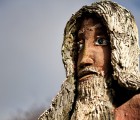
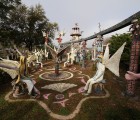
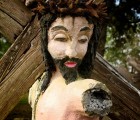

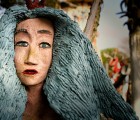
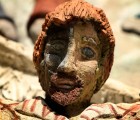
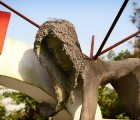

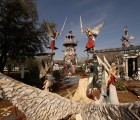

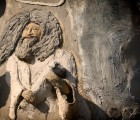
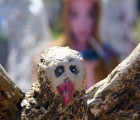
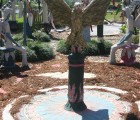
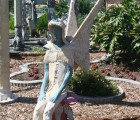
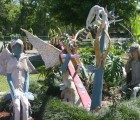

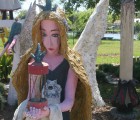
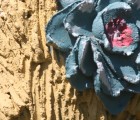

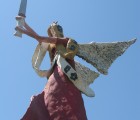
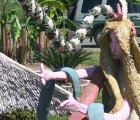

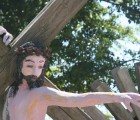
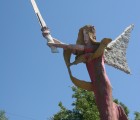
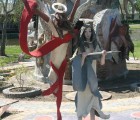
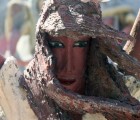
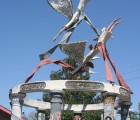
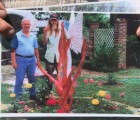
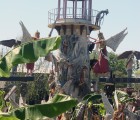
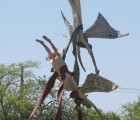
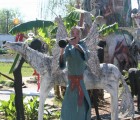

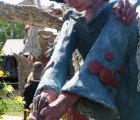

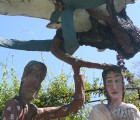
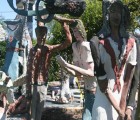
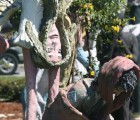
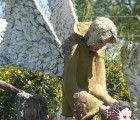
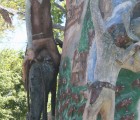
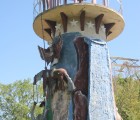
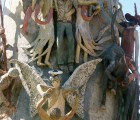
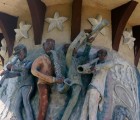
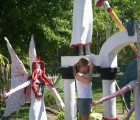

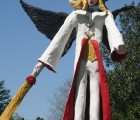
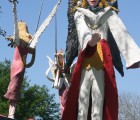
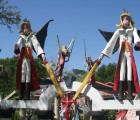
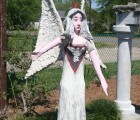
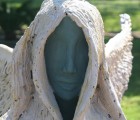
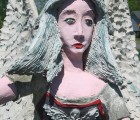
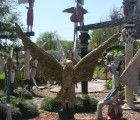
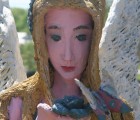

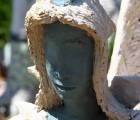
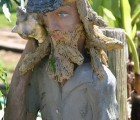
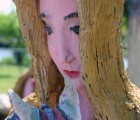
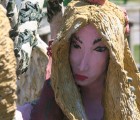

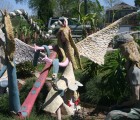

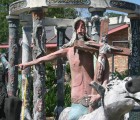

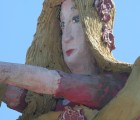
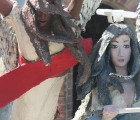

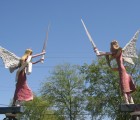

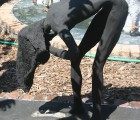
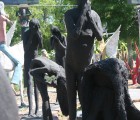

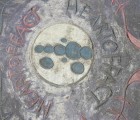
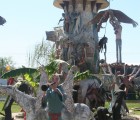
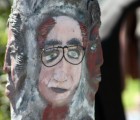
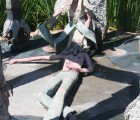
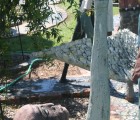
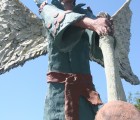
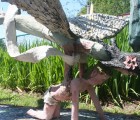
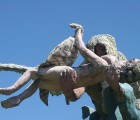
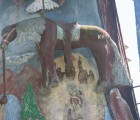
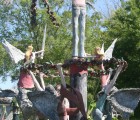

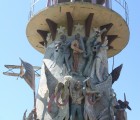


Extant
Chauvin, LA, 70344, United States
1990 to 2000
Visitors are welcome to visit during daylight hours every day of the week and admission is always free. Docents are available to guide visitors through the Garden on weekends, and a small gift shop and gallery, built by the Kohler Foundation during its original intervention, is open on weekends as well.
About the Artist/Site
Kenny Hill was, by all accounts, a reclusive man when he came to the bayou town of Chauvin, Louisiana in 1988, and remained so until he left in 2000. He squatted on a plot of land along the bayou until the landowner struck a deal with him for a cheap annual lease. First constructing a house for himself, Hill then set to work on a sculpture garden in the remaining space on the roughly 60,000 square foot property. The Chauvin Sculpture Garden, as it is referred to today, is Kenny Hill’s art environment. In 1990, Hill began to sculpt. His work was not immediately visible to the public, as the property was overgrown with indigenous semi-tropical vegetation on the street side of his property, but from the highway across the bayou, and from boats, passersby began to see sculptures rising up, with Hill himself regularly working atop scaffolding.
Hill was raised in Springfield, Louisiana, to the north, and traveled, perhaps out of state, every year to work on masonry projects during the summer months. In the winter, he returned to his house and the Garden in Chauvin, where it was warm enough to work year-round. The fact of Hill’s experience as a professional bricklayer has made all the difference in rescuing and maintaining the environment. Hill understood not only masonry techniques, but also his materials, and the mortars and cements he mixed for both sculptures and paths have stood up, with some assistance, to the waterlogged climate.
Throughout the 1990s, Hill created a densely symbolic environment populated by angels, multiple self-portraits, eagles, sinners, cowboys, and maidens. All are roughly life-sized, thin hollow figures with attenuated limbs. Hill’s tools were common: he used a fork and spoon to carve surface detail into a concrete mortar formed over wire mesh and rebar. A forty-five-foot tall brick lighthouse, with figures clinging to its exterior in a semi-narrative scene, forms the centerpiece to Hill’s Garden. He wired circular incandescent bulbs as flying angels’ haloes, and a concrete waterfall on the bayou side of the lighthouse was outfitted with plumbing; it flowed with real water when connected to a garden hose. The reappearance of Hill’s self-portrait in various guises – on horseback, fallen onto the lap of an angel, supporting an alighting eagle, with bleeding heart, and once, with a divided face painted black and white – suggests a personal narrative layered atop Christian symbolism of apocalypse, judgment, and redemption. Dr. Deborah Cibelli, Professor of Art History at Nicholls State University (NSU) in nearby Thibodaux, has presented observations on Hill’s religious iconography, drawing comparisons to Renaissance themes.
Hill’s deliberateness and awareness, and his possible art historical grounding, are also evident in the self-referential components of the Garden. It is organized into nine circular, concrete plateaus connected by concrete paths. From that plan, Hill rendered a miniature, graphic abstraction of the site that reappears throughout the Garden. The plan shows nine circles within a larger circle, and might easily be mistaken for an astrological map. The emblem may also have been intended as a key, but has proven more of a riddle, as Hill never explained it to anyone. When Kenny Hill was evicted from the property in 2000, he left no instruction for the care or destruction of the Garden. He did write “Hell is Here, Welcome” in red paint across the cabinets in his kitchen, and he decapitated a sculpture of Jesus as he left.
Former NSU art professor Dennis Sipiorski became aware of the Garden through NSU biology professor Gary Lefleur. When Sipiorski tried to prompt Hill to expound on the site’s meaning by asking, “Is this your vision?”, Hill replied, “It’s about living and life and everything I’ve learned.” The pair was alarmed, then, to find that Hill had left the property in January 2000. Sipiorski, a Wisconsin native, was vaguely familiar with the Kohler Foundation and its efforts to preserve the work of artist-environment builders like Hill. They petitioned the Kohler Foundation, which agreed to purchase the land in Chauvin to restore the Garden, later gifting it to NSU for permanent care. An architect and other contracted planners—a metallurgist, sculptors, and conservators—worked with the Army Corps of Engineers to reclaim some land from the bayou and to build a bulkhead to allay further land erosion.
Hill never returned to his Garden, and it is currently overseen by the faculty of the Art Department at NSU. Visitors are welcome to visit during daylight hours every day of the week and admission is always free. Docents are available to guide visitors through the Garden on weekends, and a small gift shop and gallery, built by the Kohler Foundation during its original intervention, is open on weekends as well.
~Christina McCollum
Contributors
Materials
concrete mortar formed over wire mesh and rebar, bricks, paint
SPACES Archives Holdings
1 folder: correspondence
Related Documents
Map & Site Information
Chauvin, LA, 70344
us
Latitude/Longitude: 29.438553 / -90.595365
Nearby Environments

Can you provide SPACES with images of this art environment?
Please get in touch!
Sister Gertrude Morgan
New Orleans, Louisiana


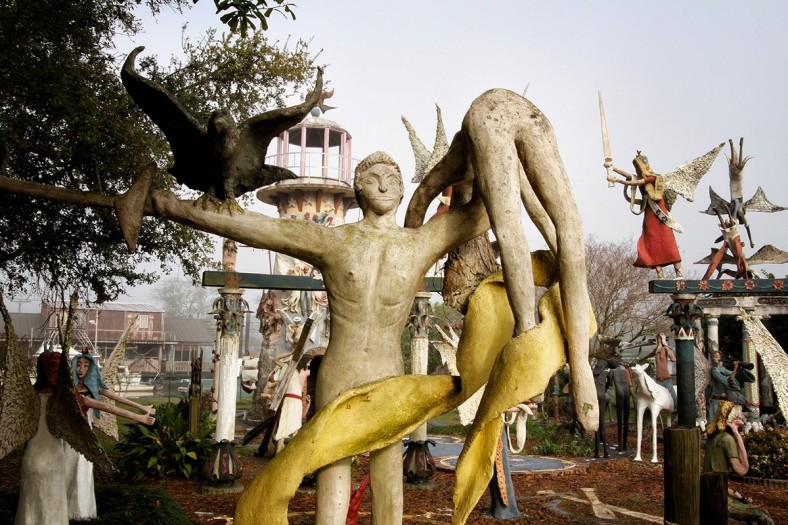
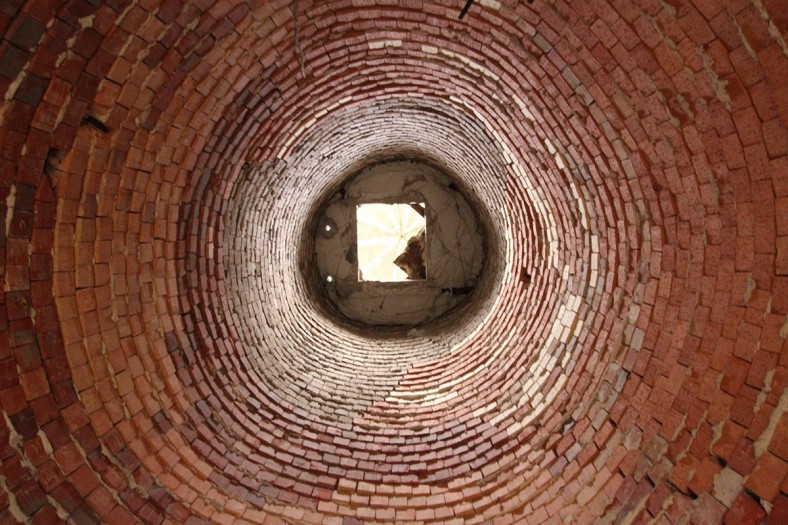
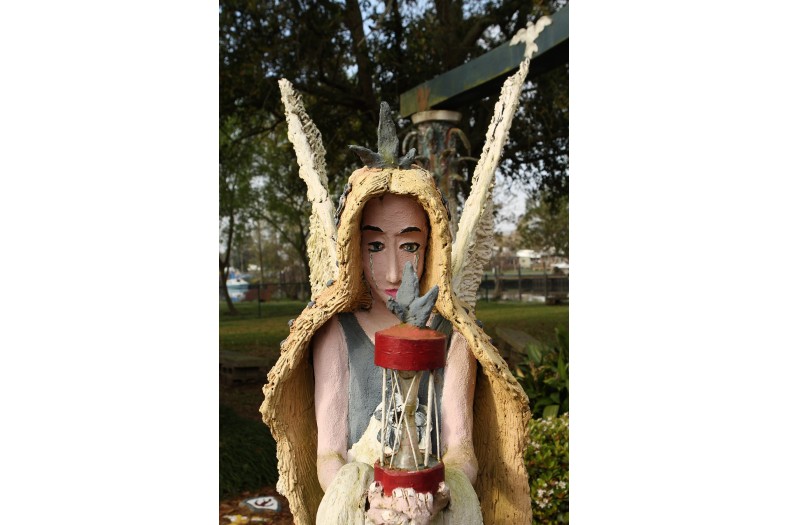
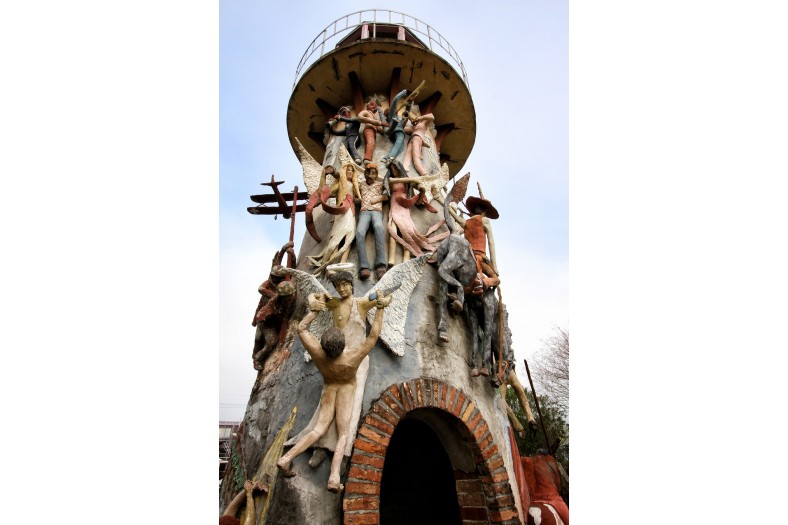
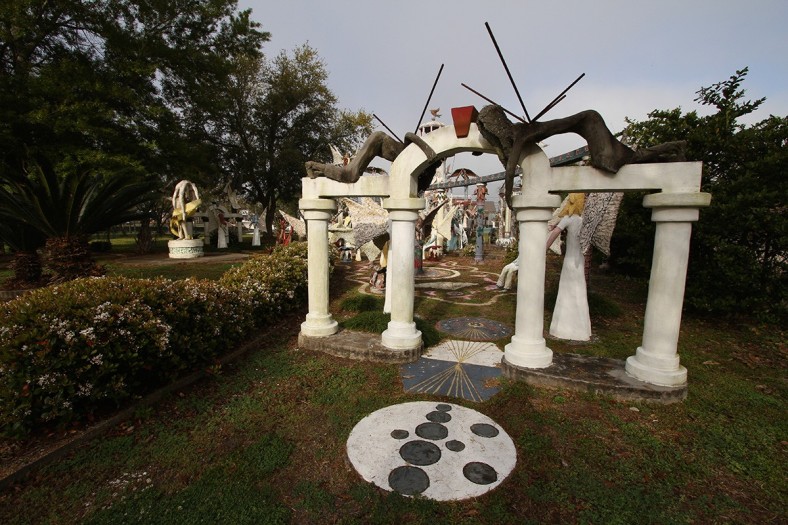
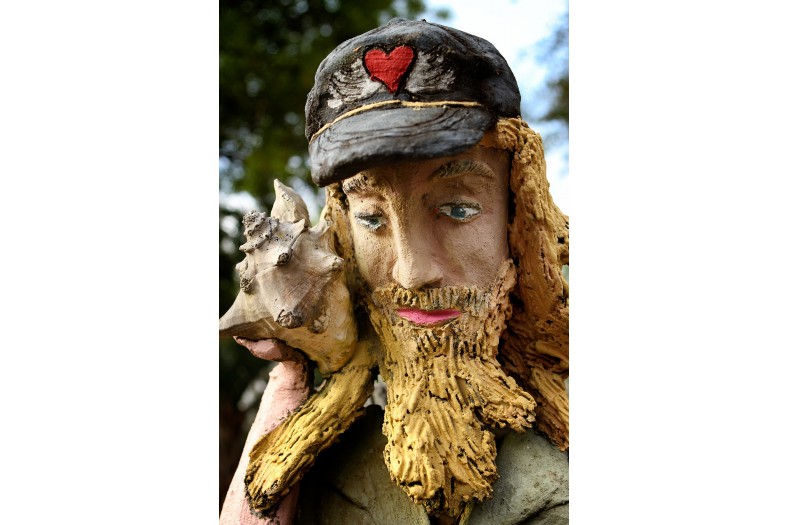
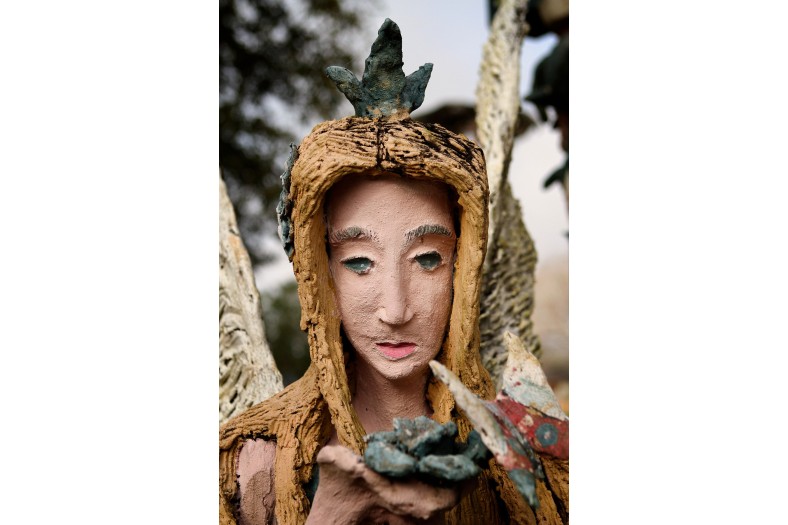

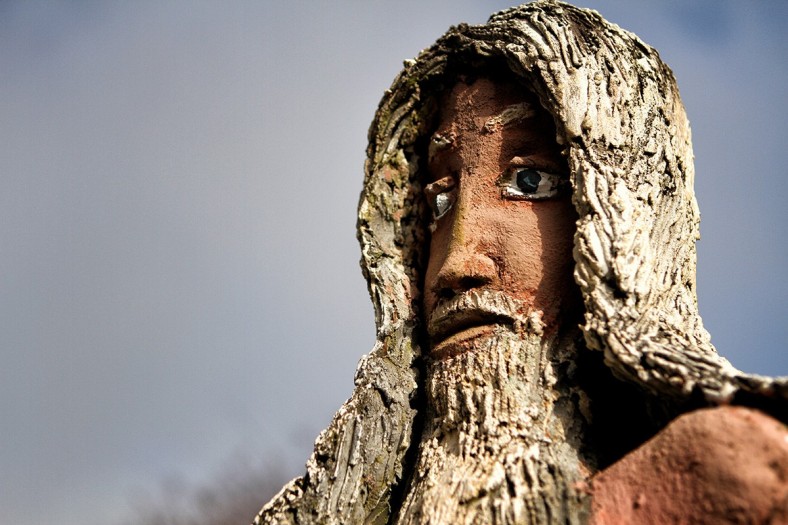
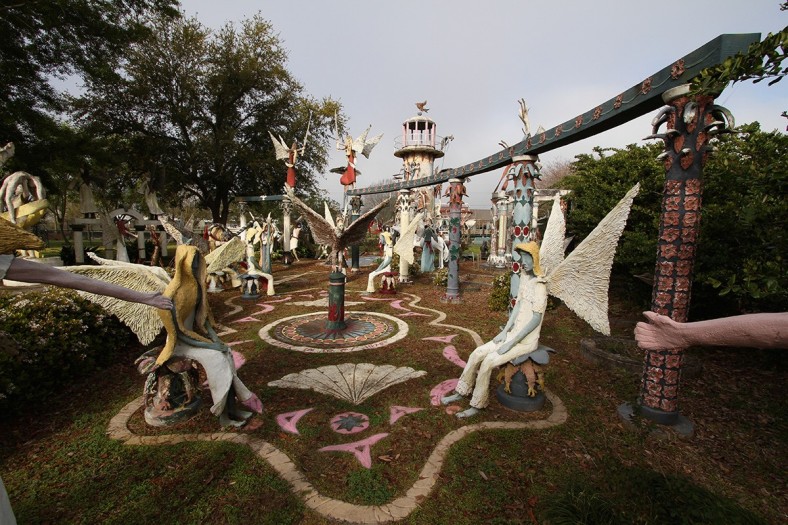
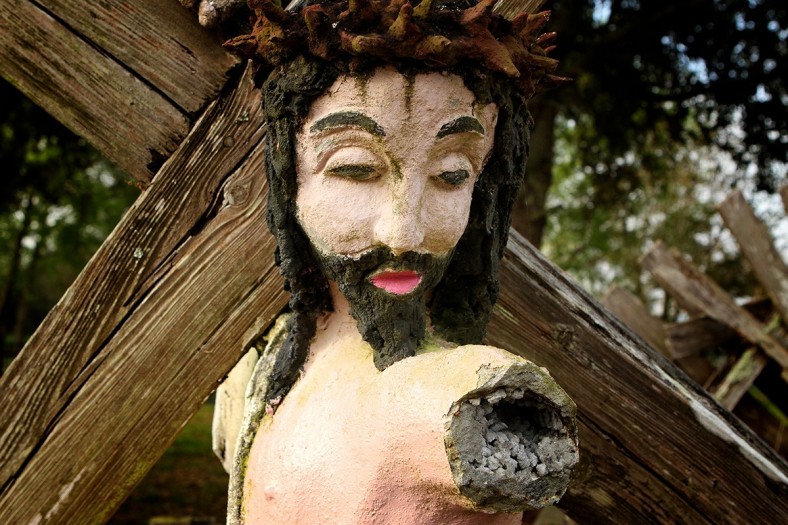
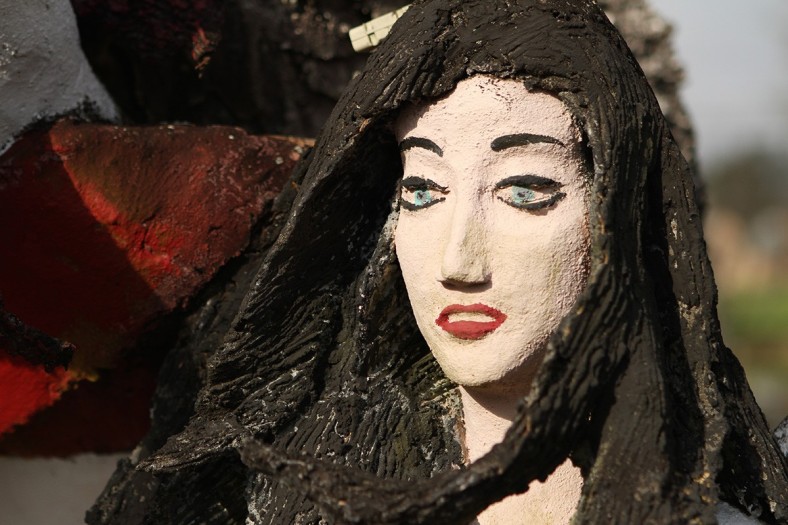
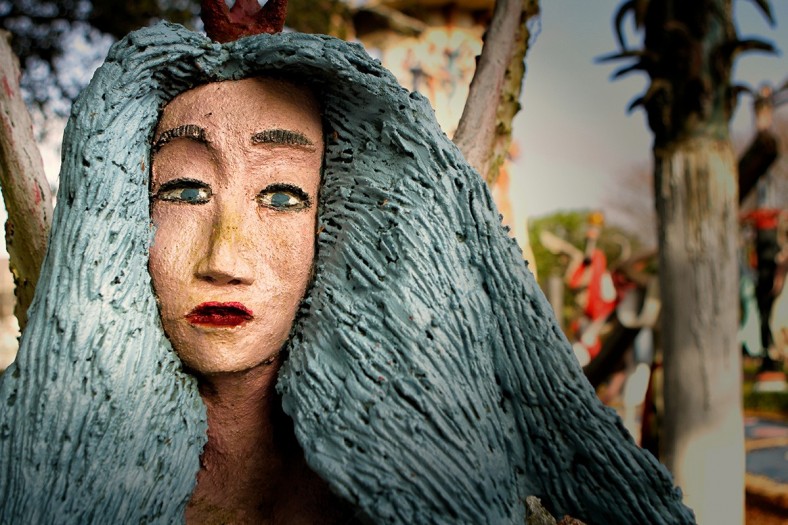
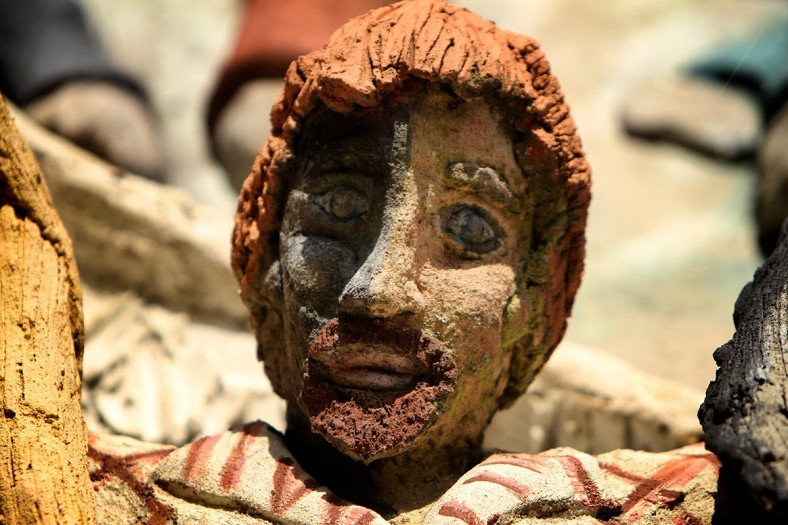

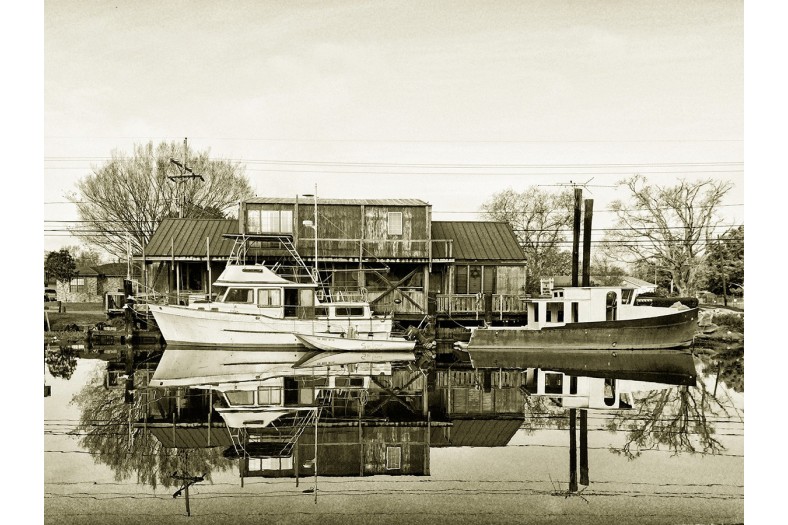
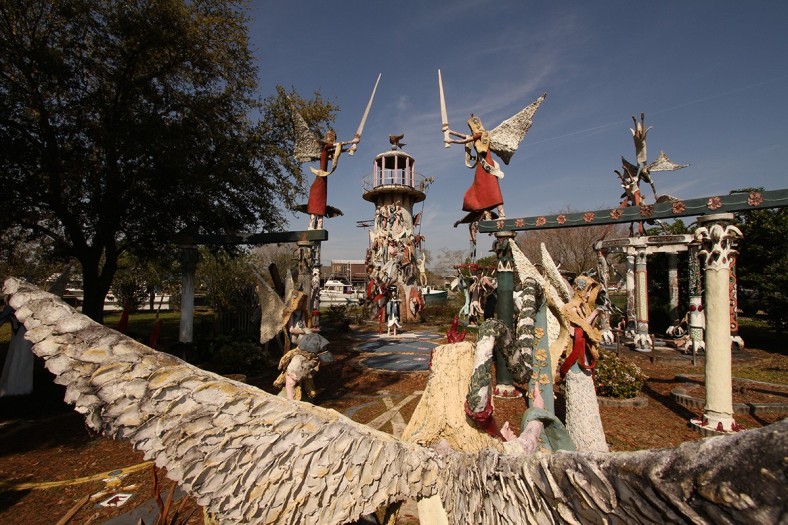
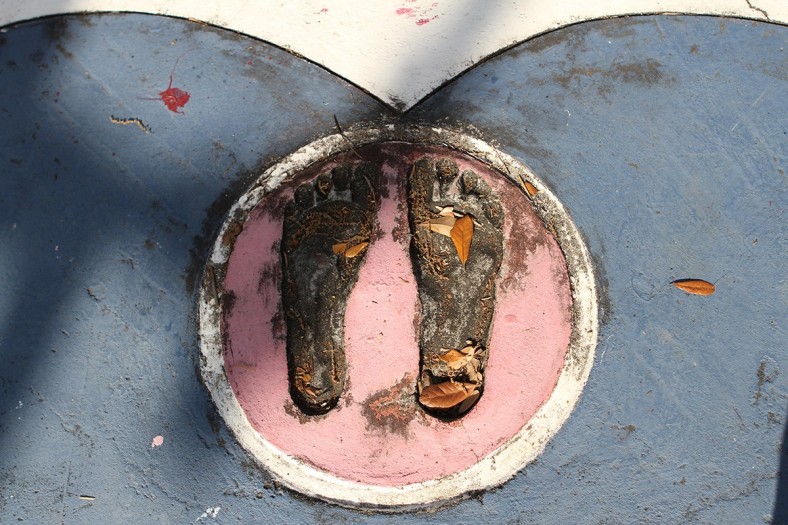
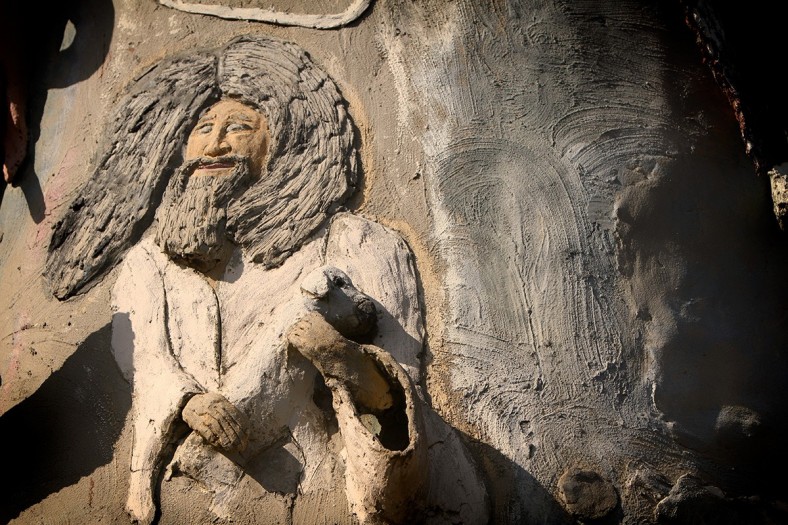


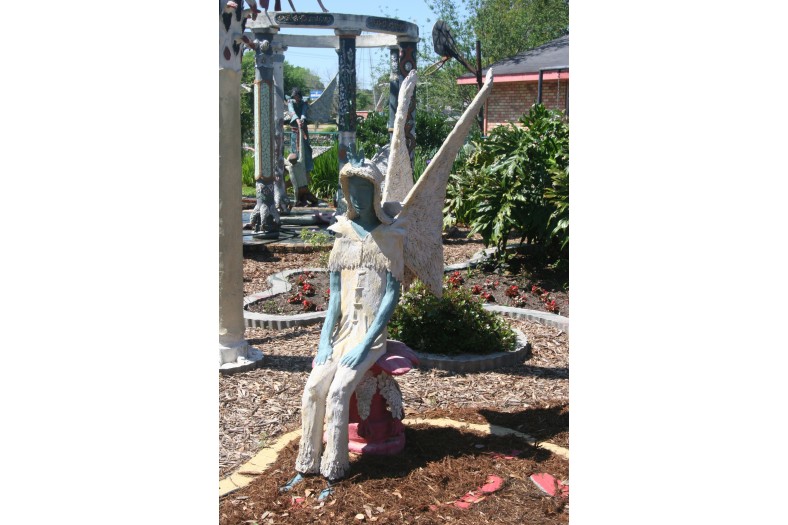
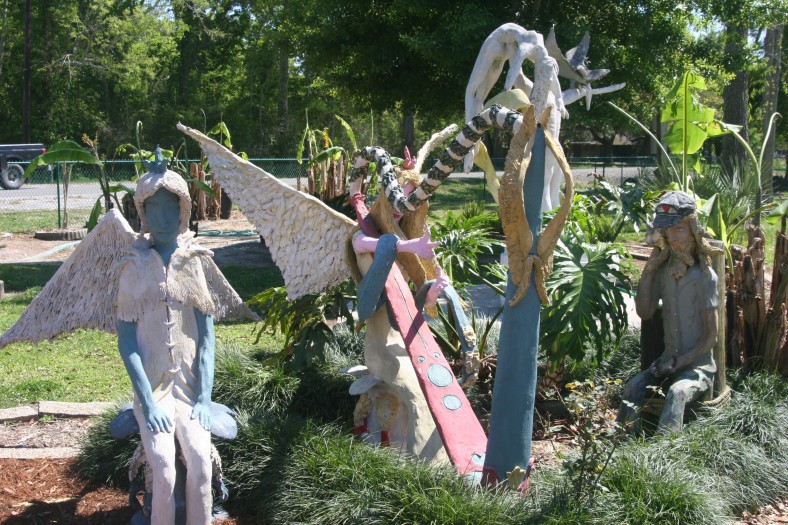
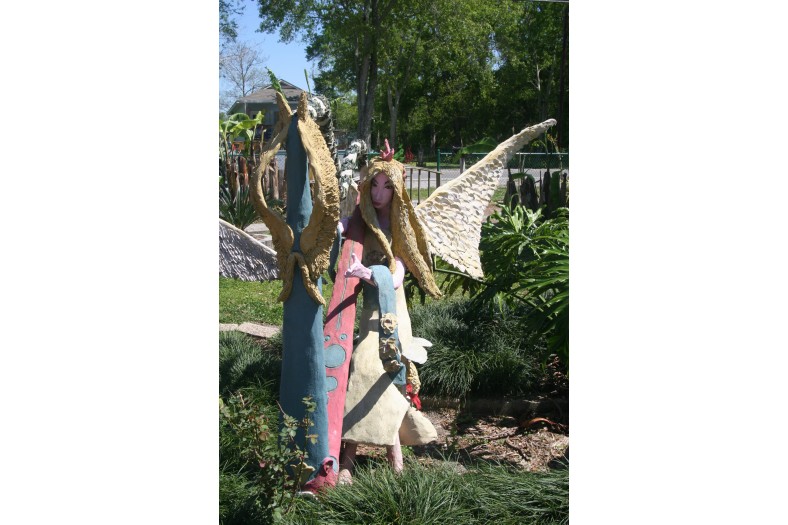
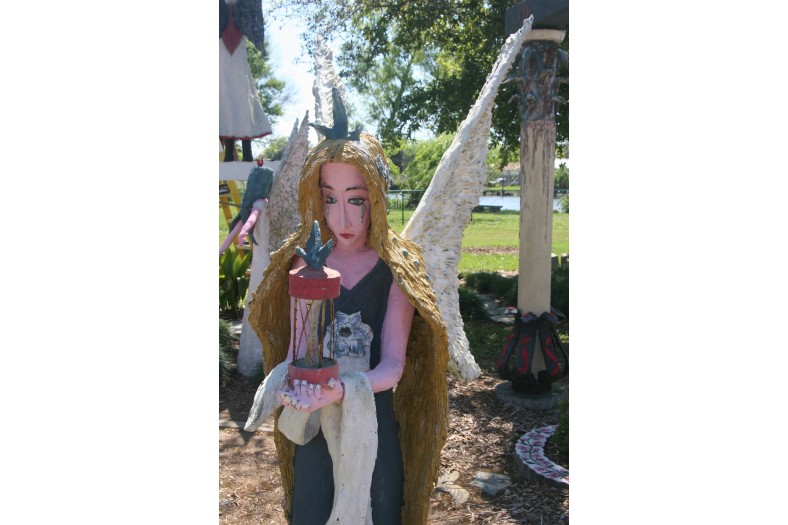
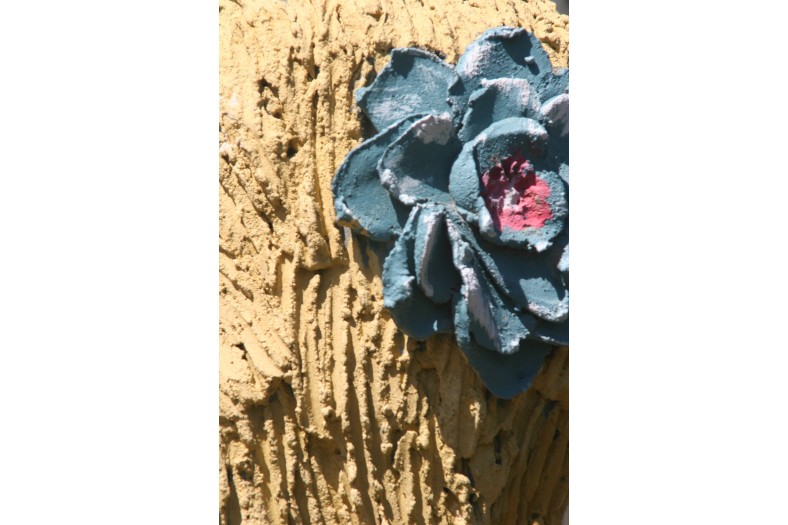


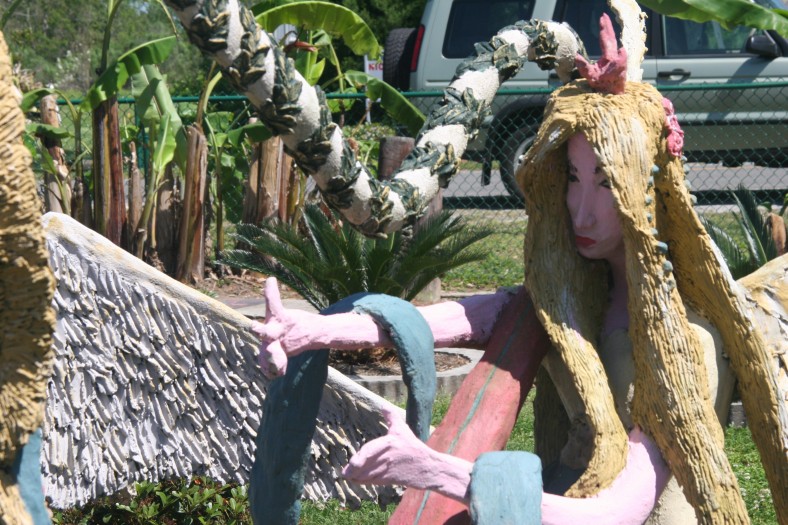

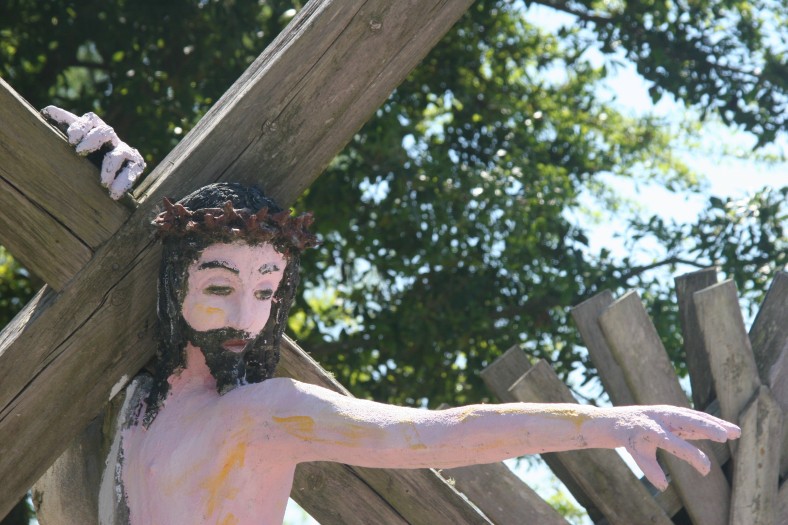
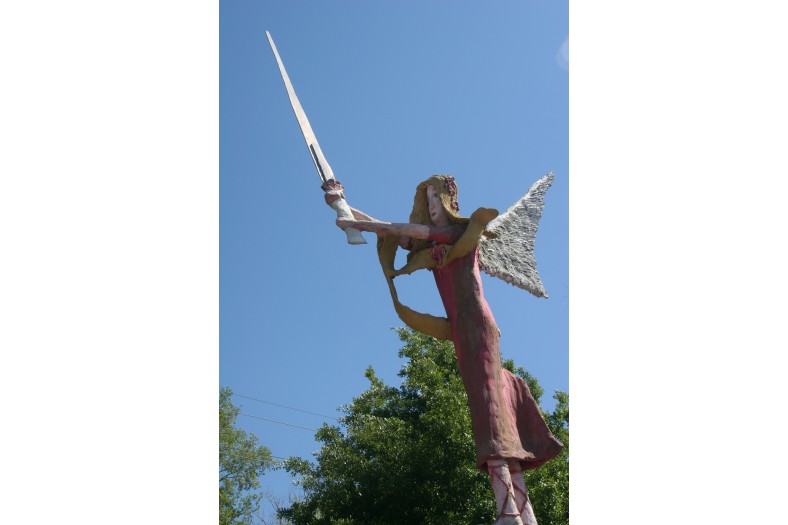
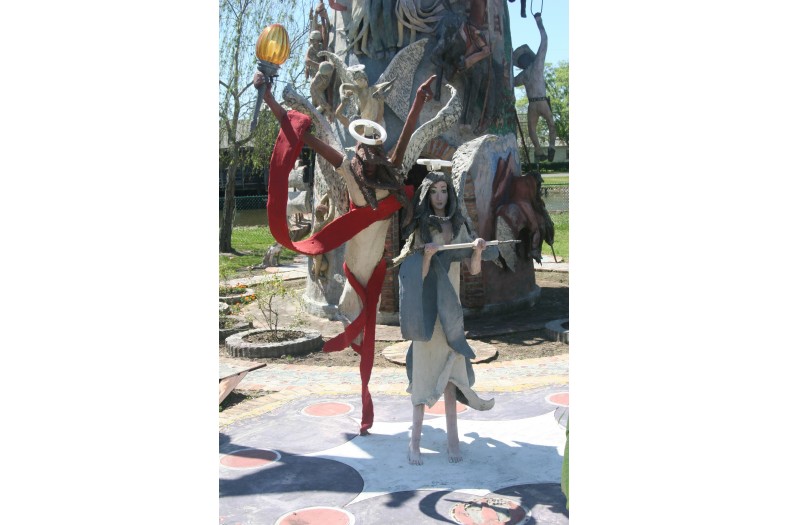
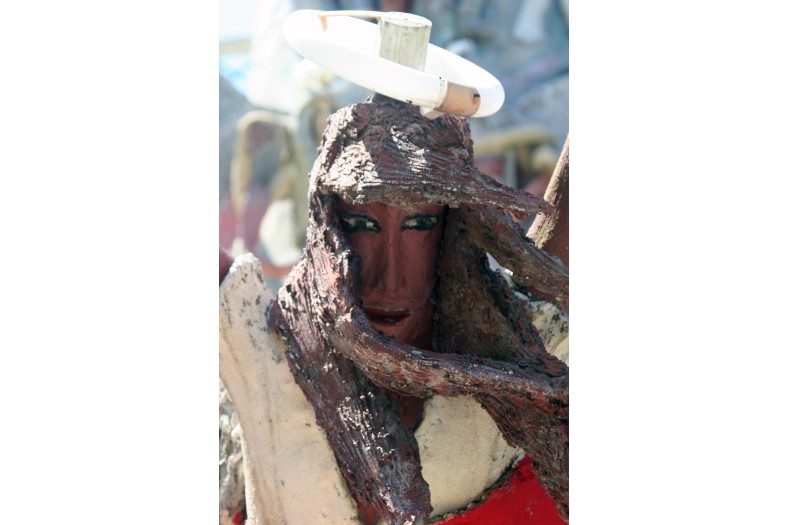

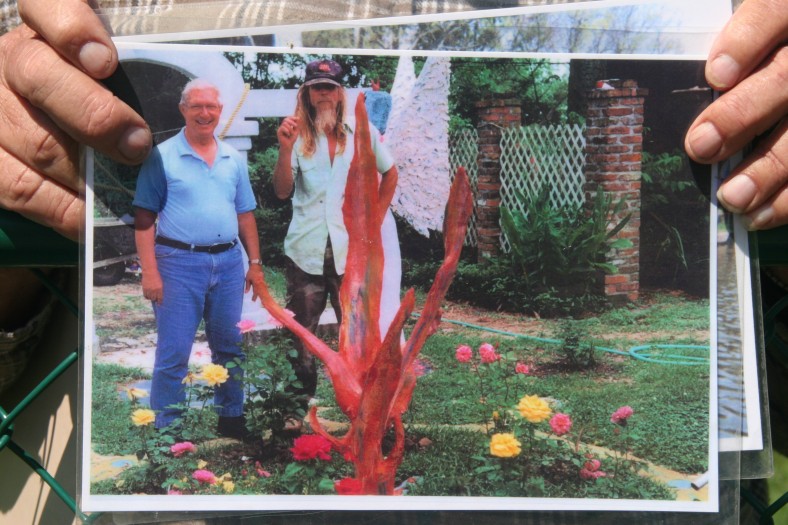

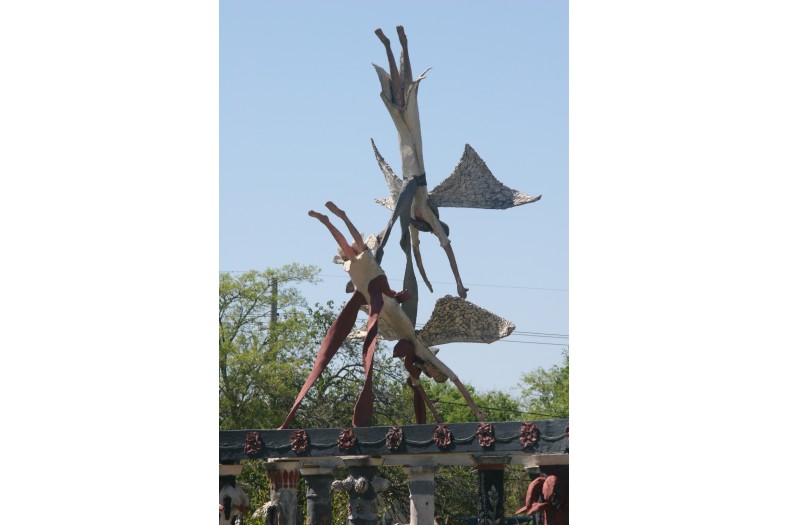
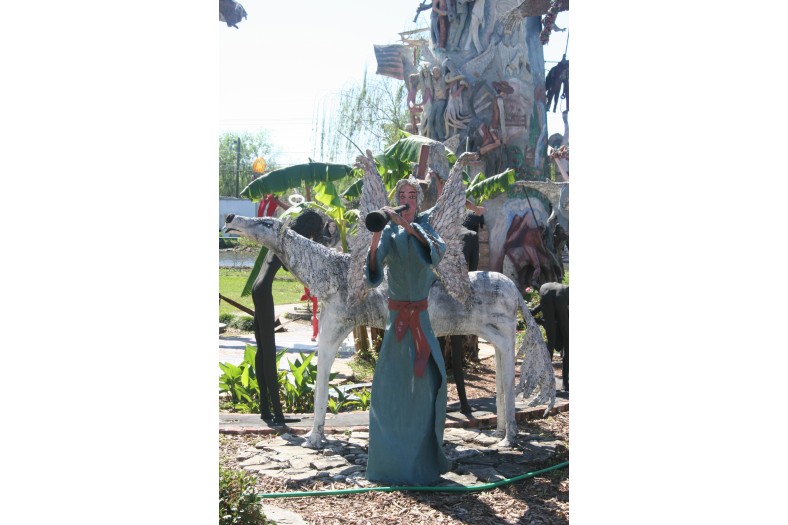
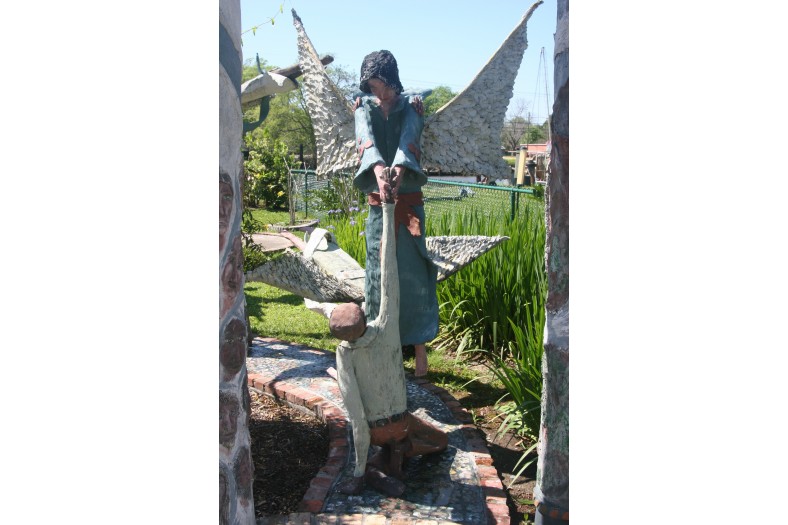
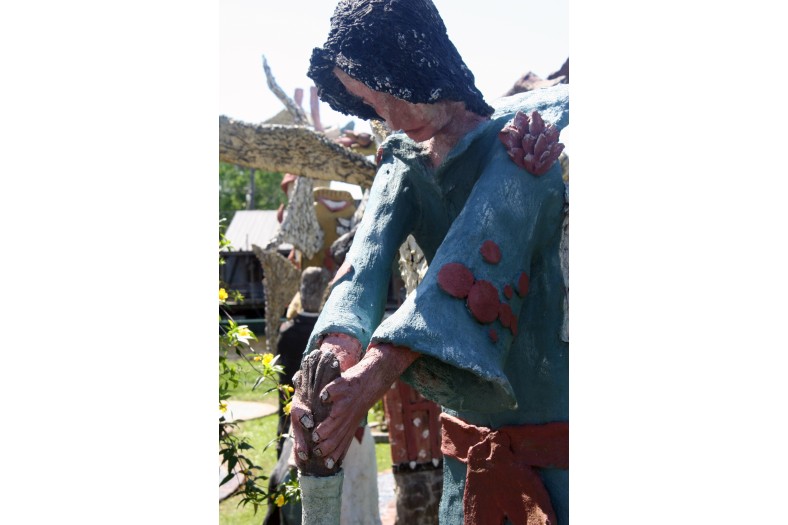
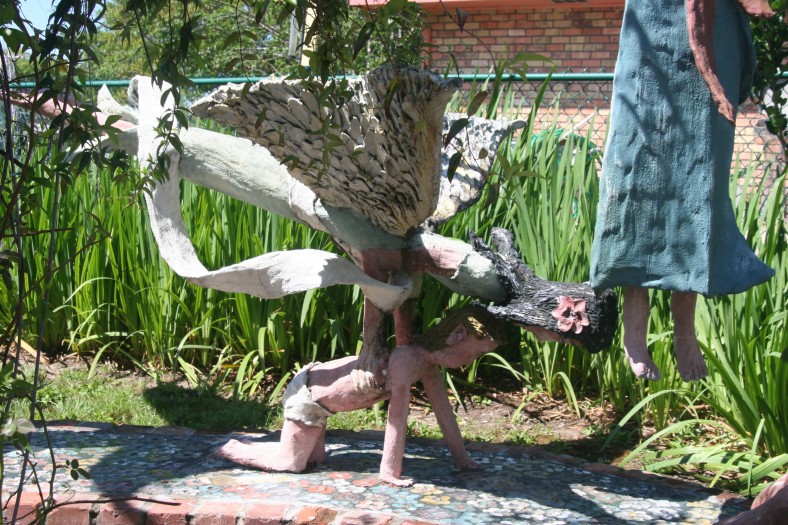
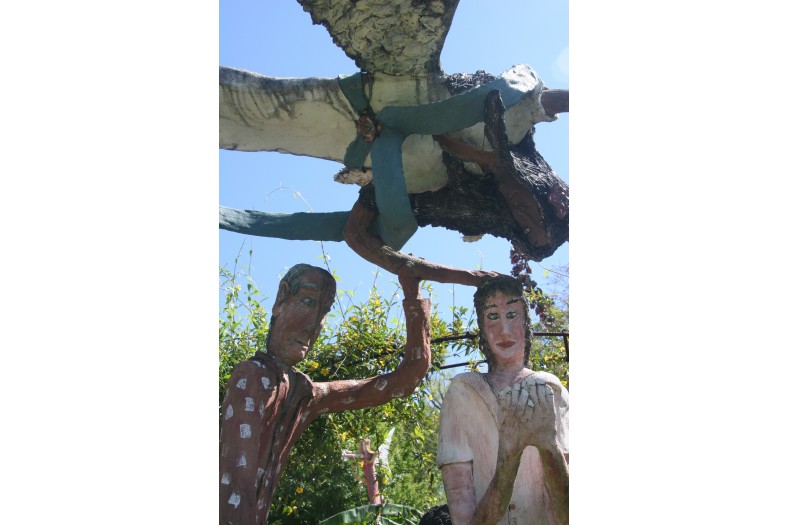
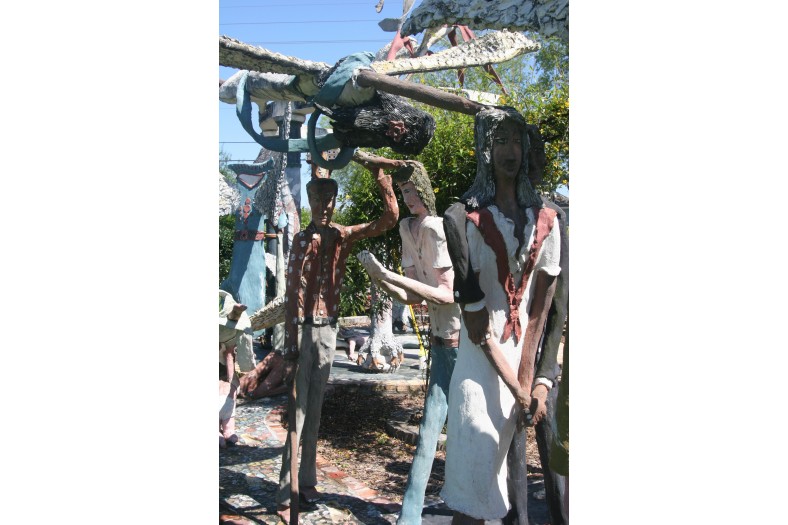
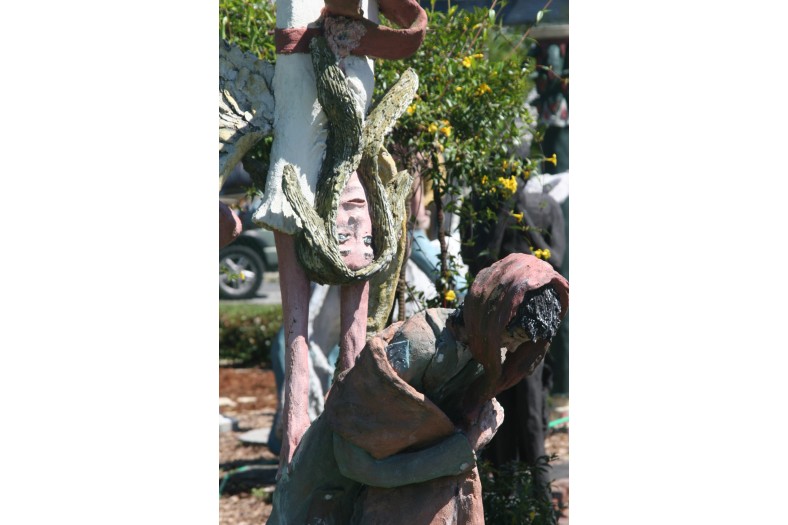
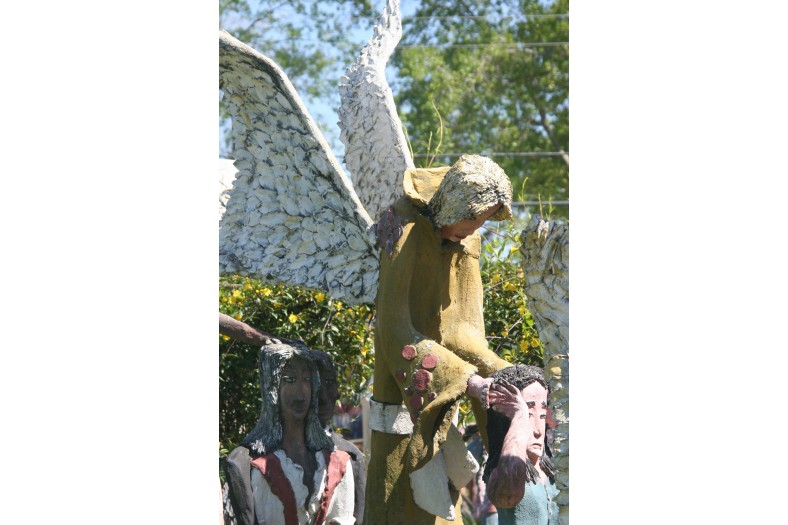
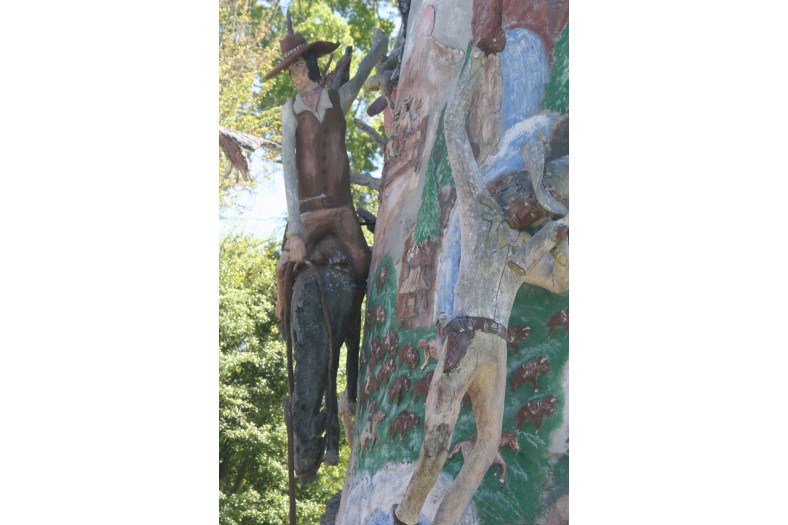
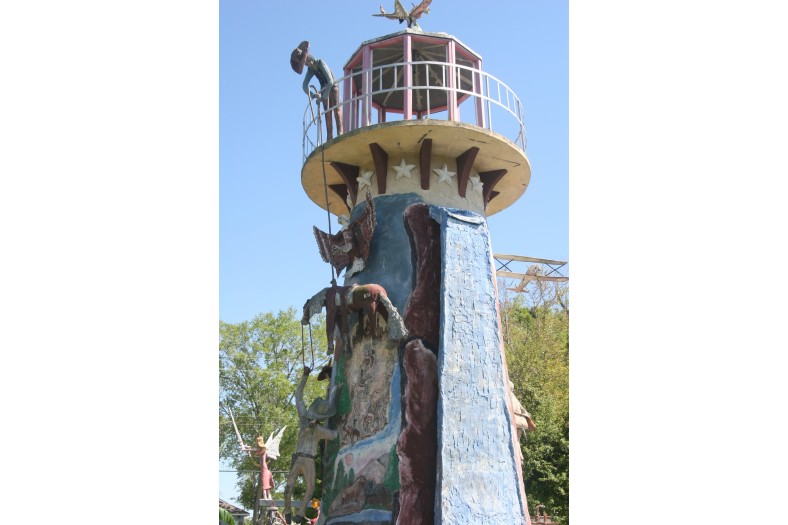
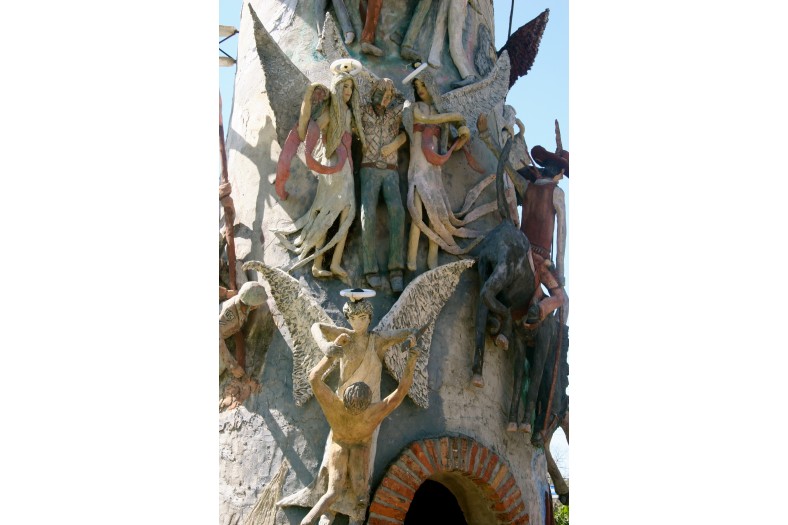
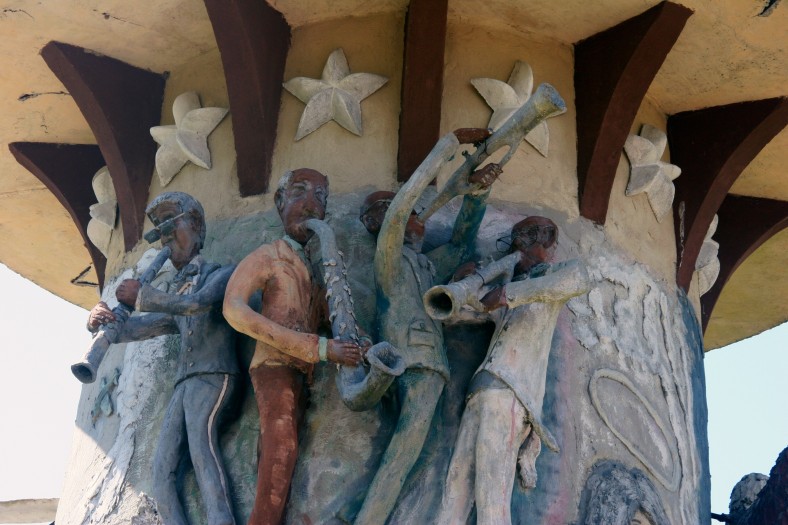
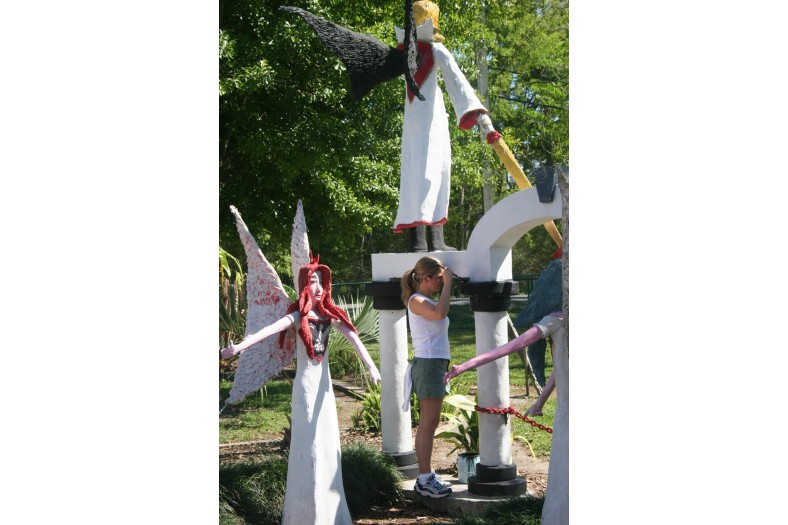
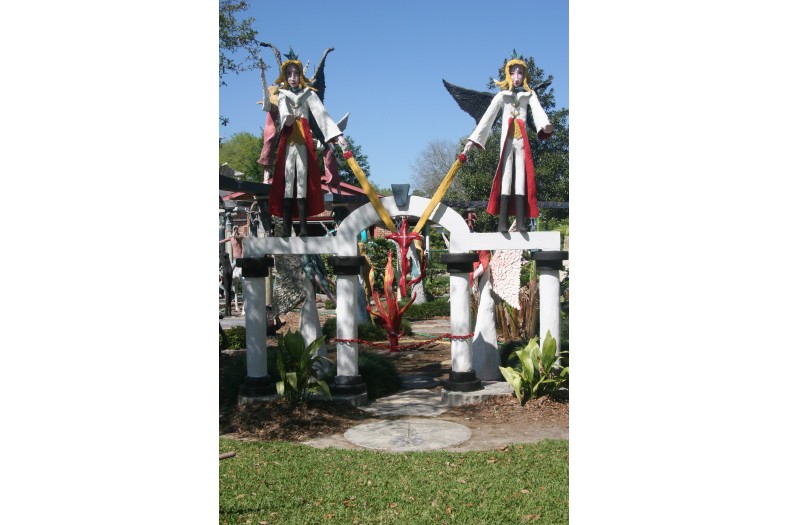
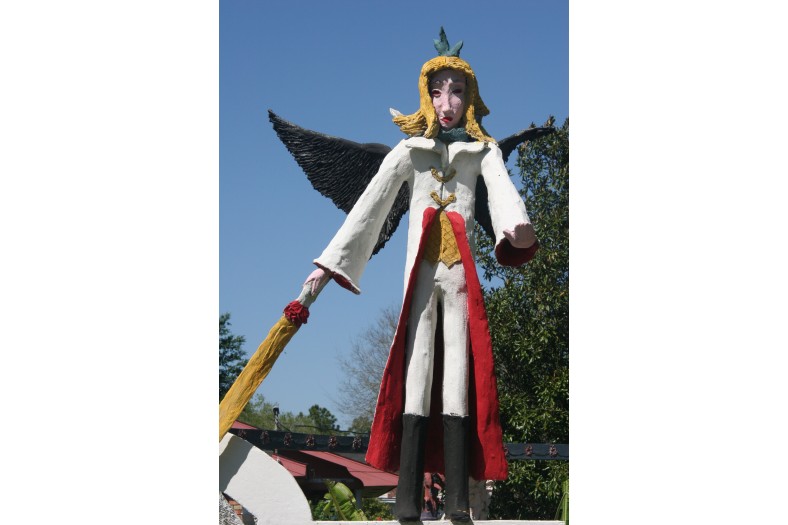
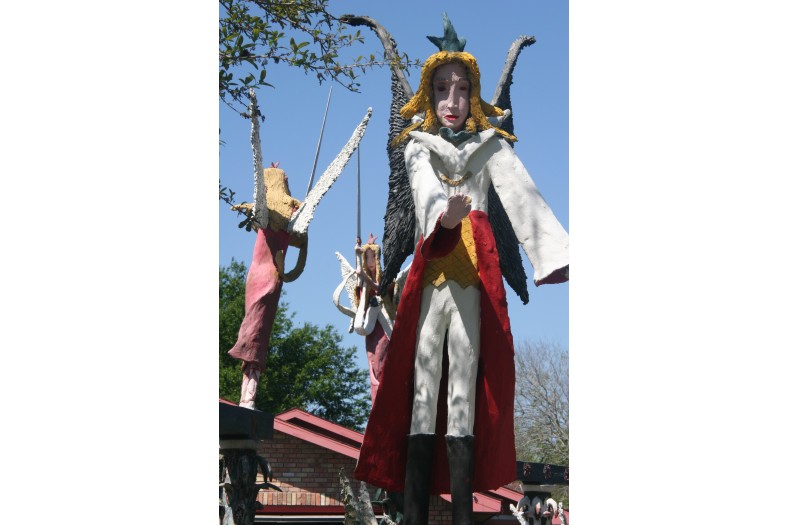
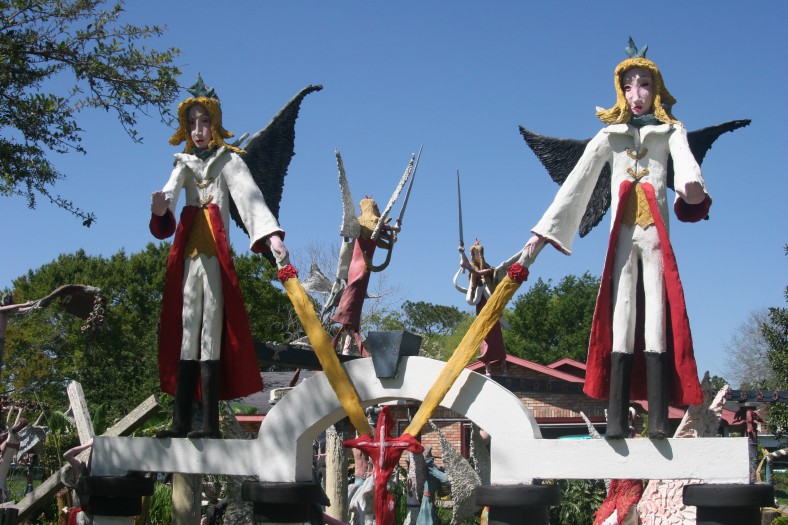
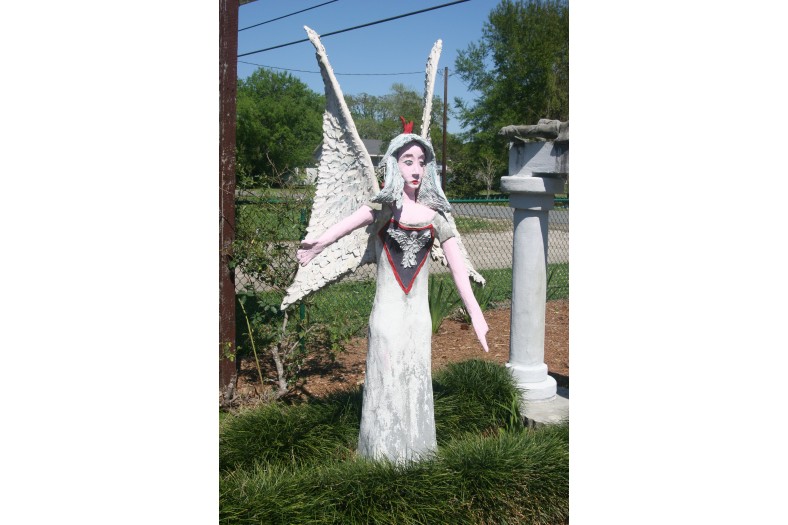
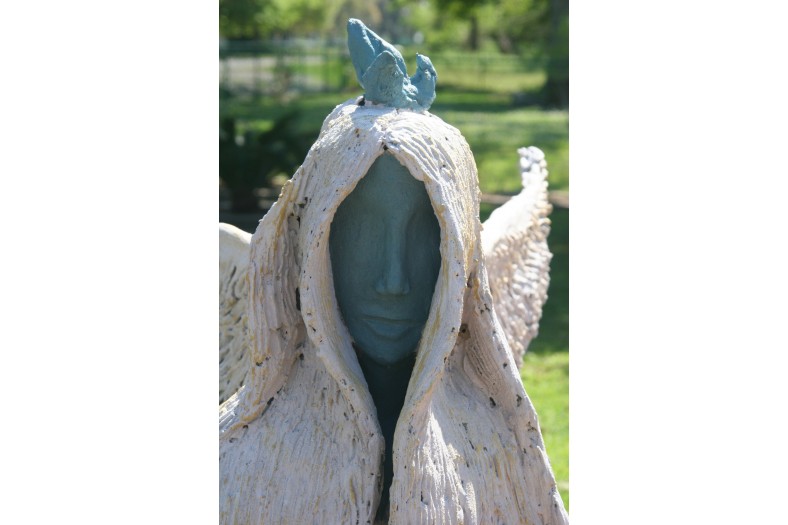
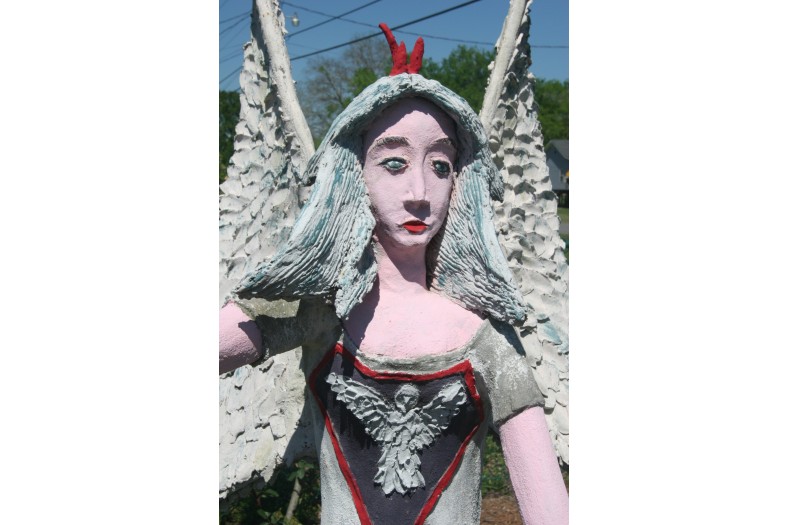

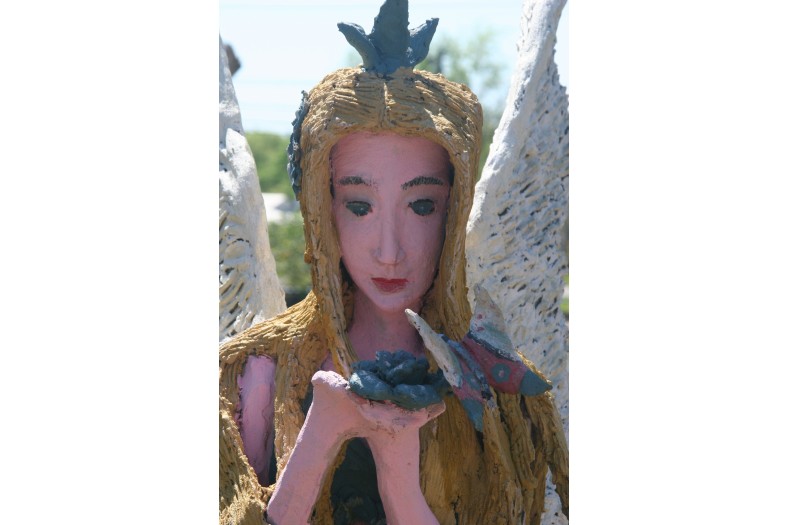
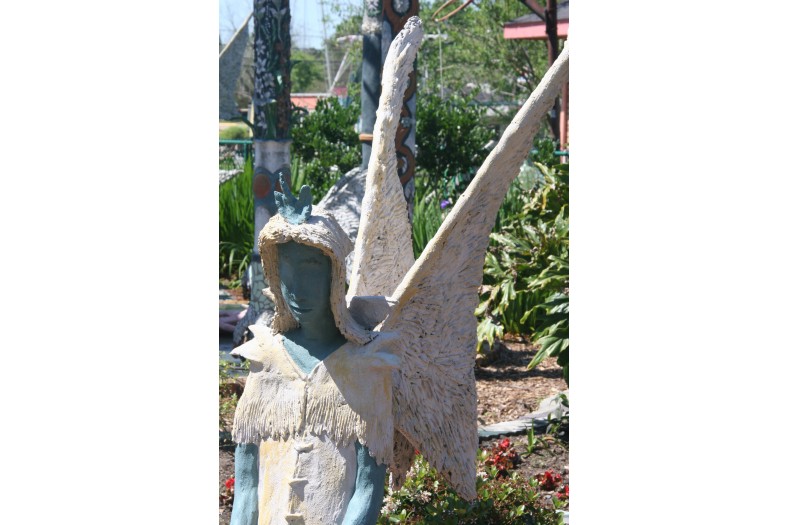



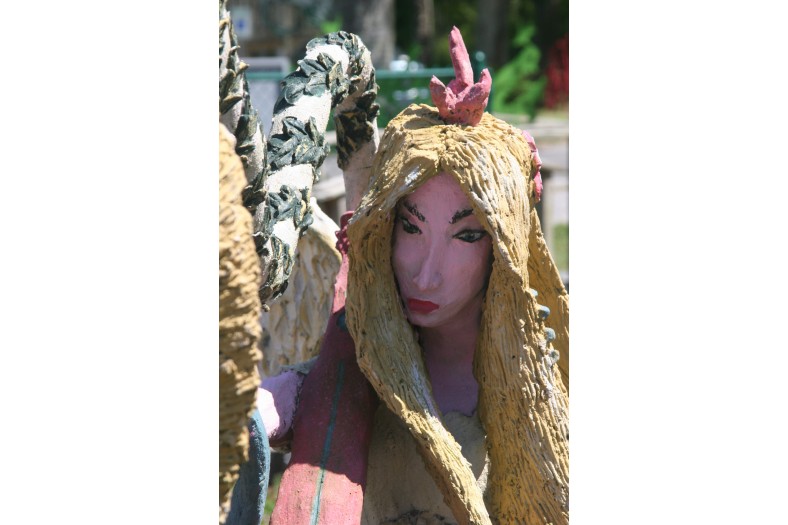
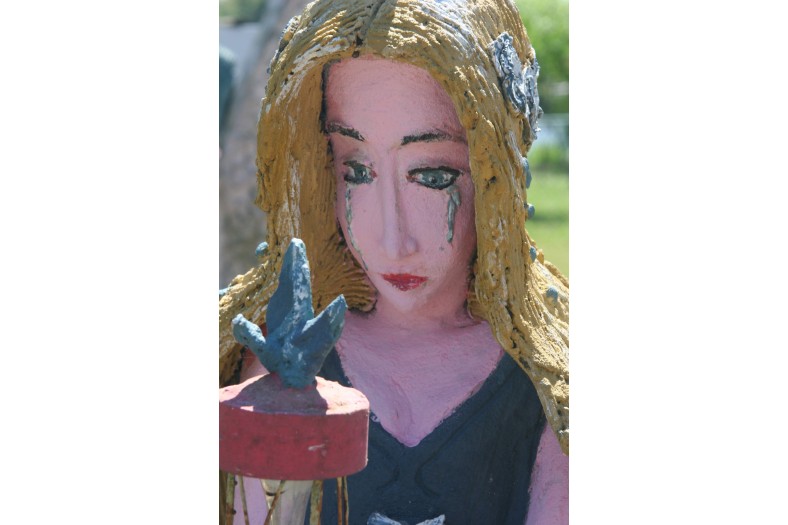
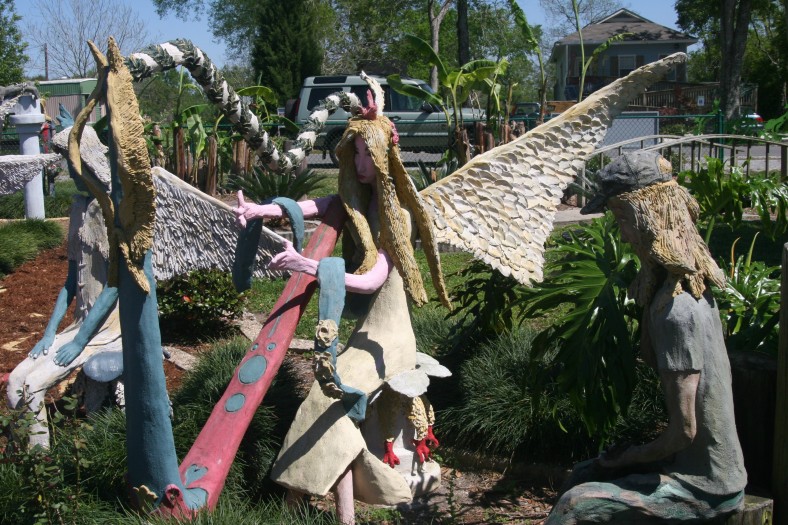
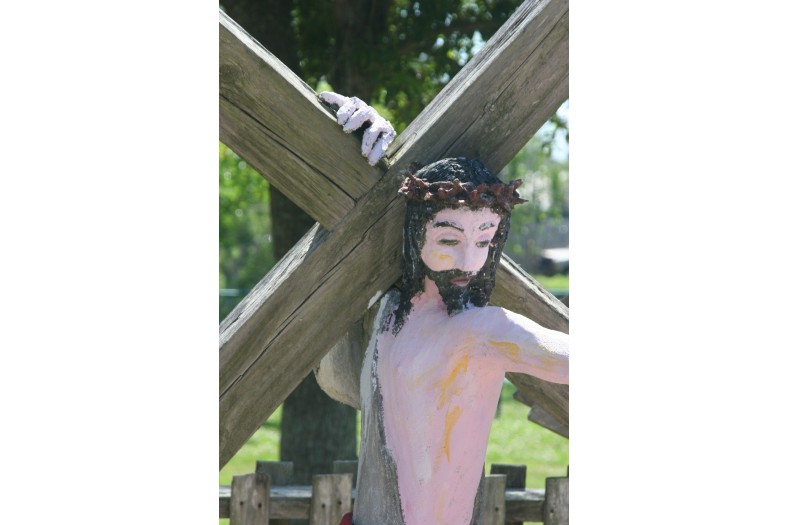

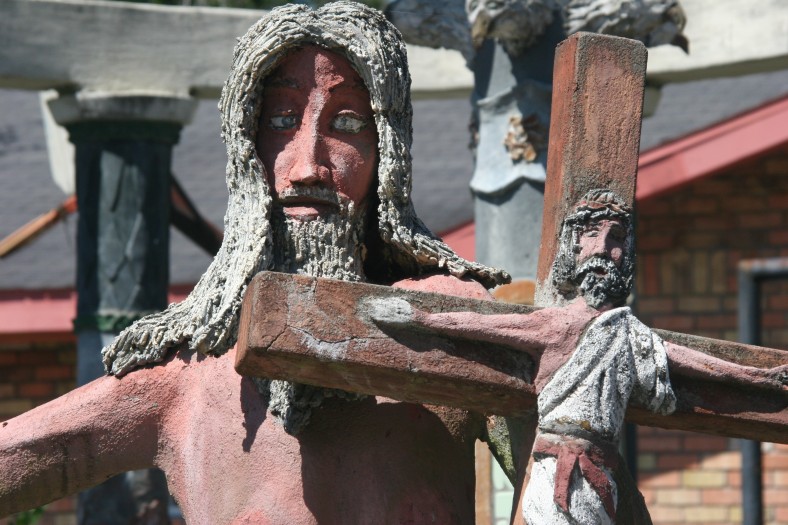
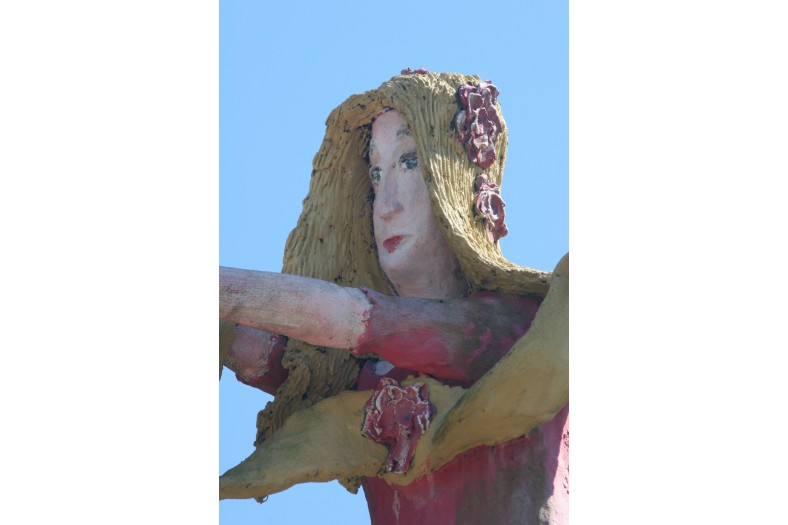
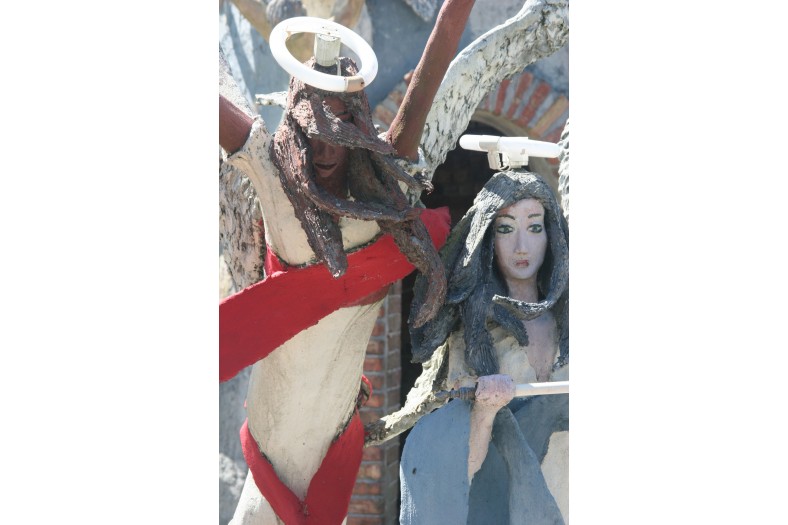


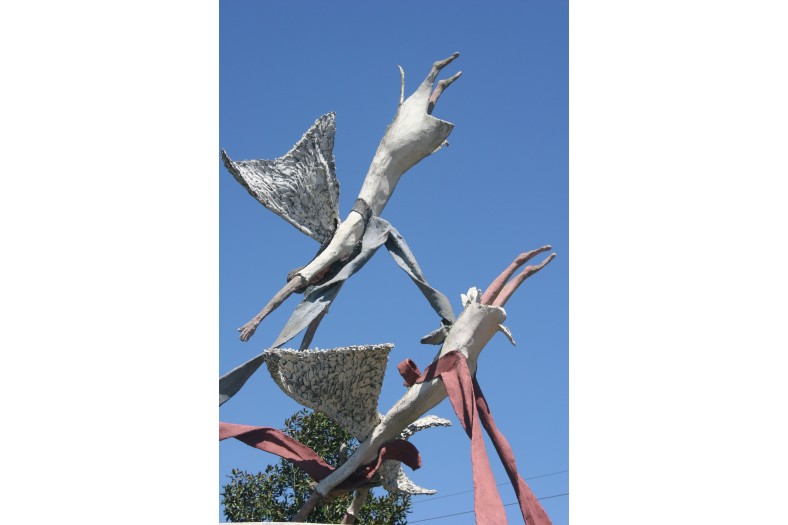
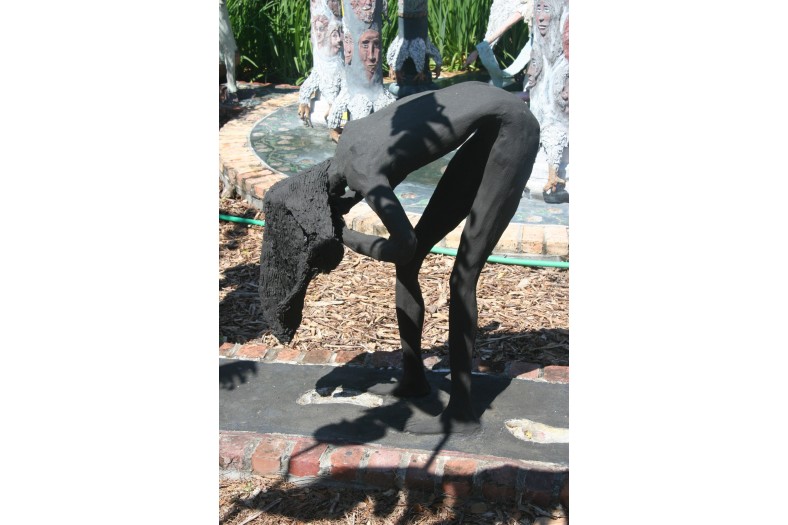
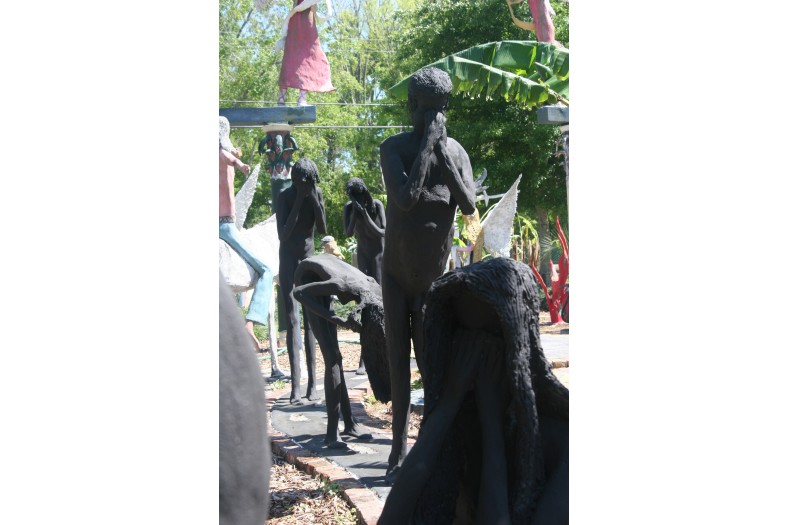
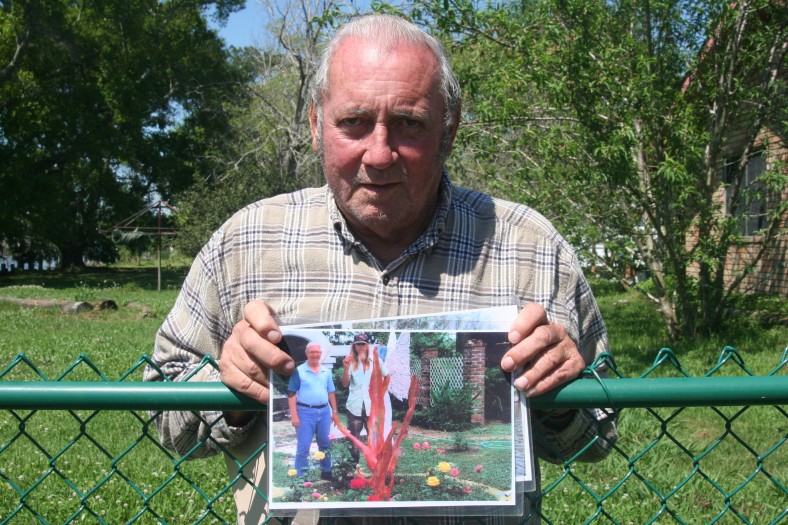
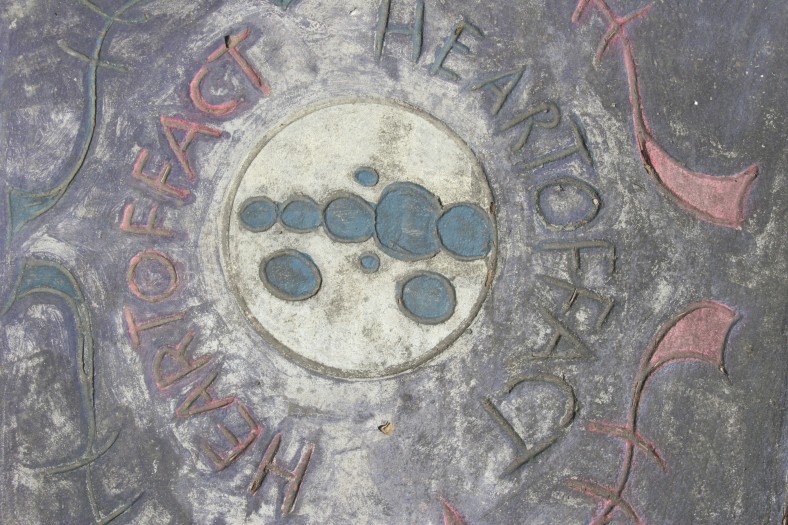
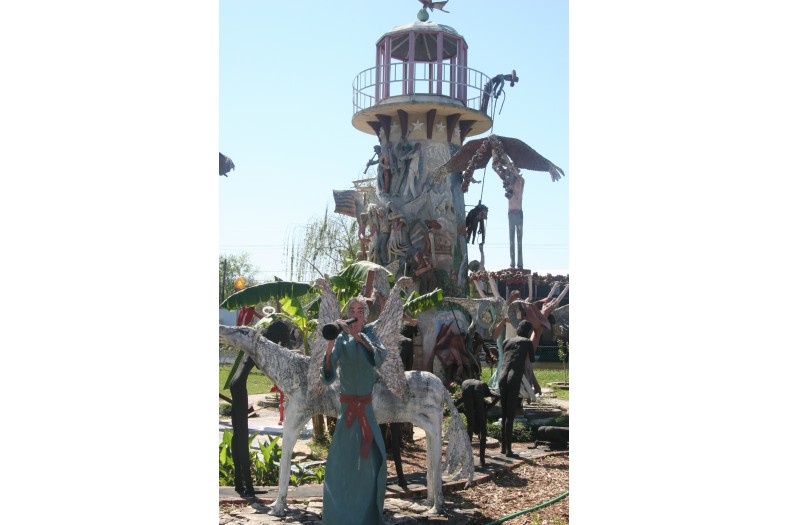
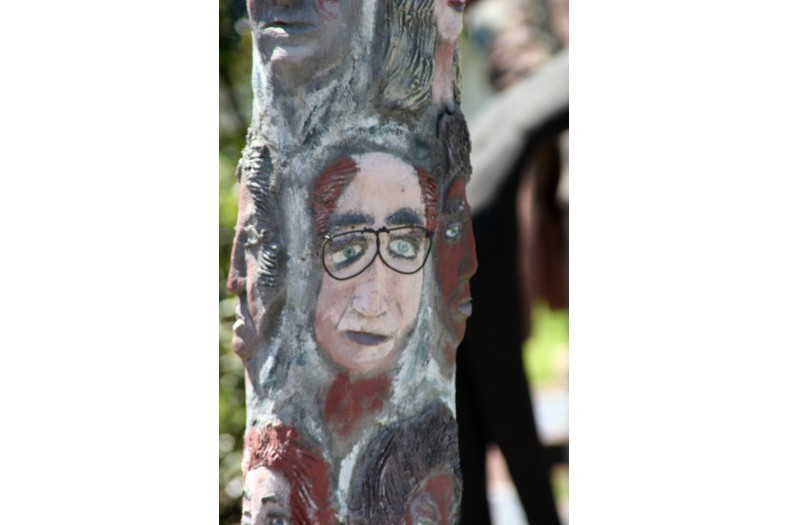
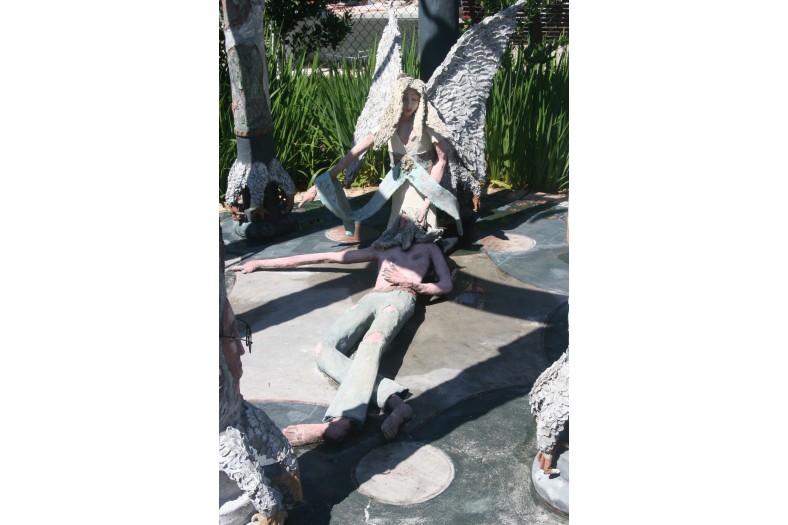
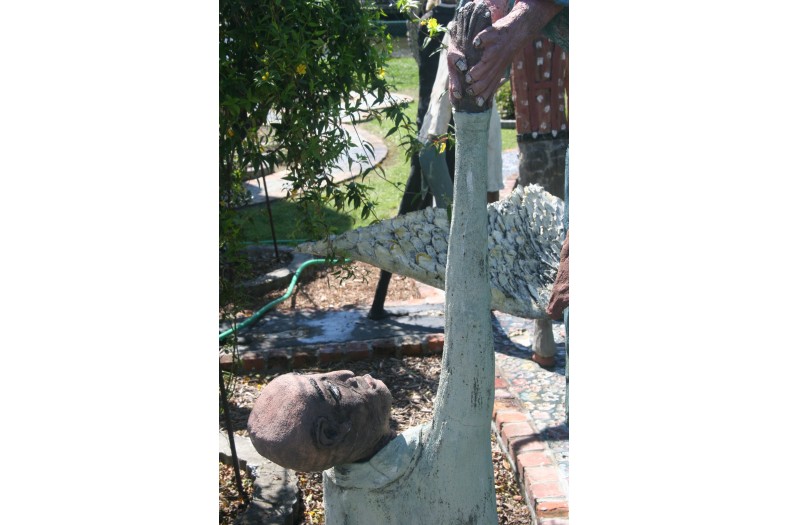
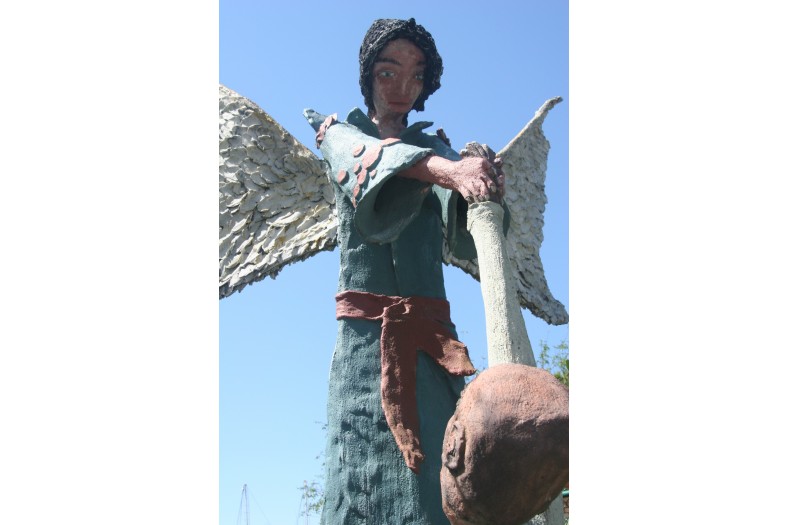
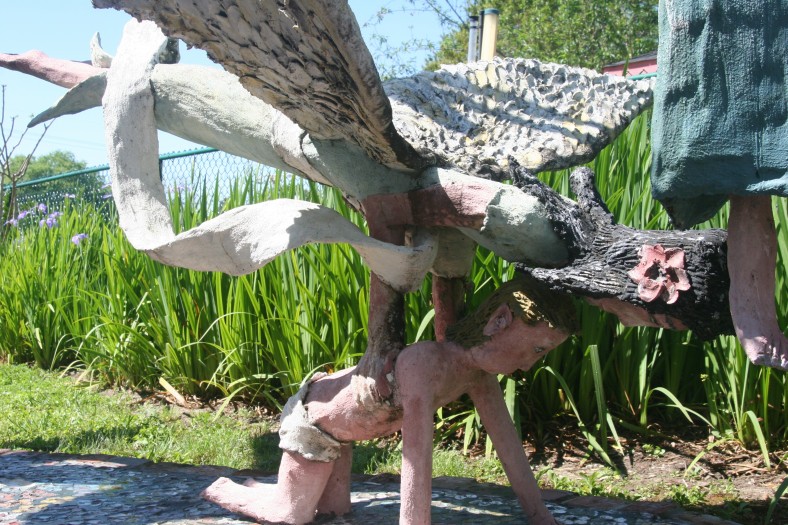
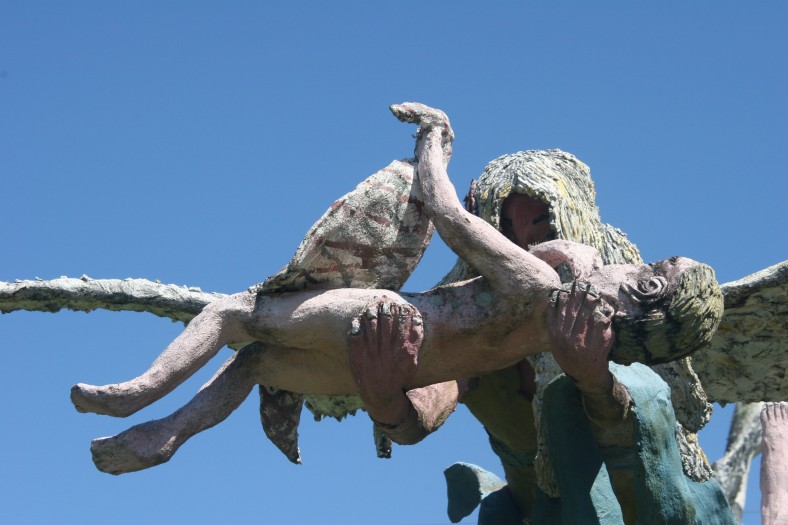
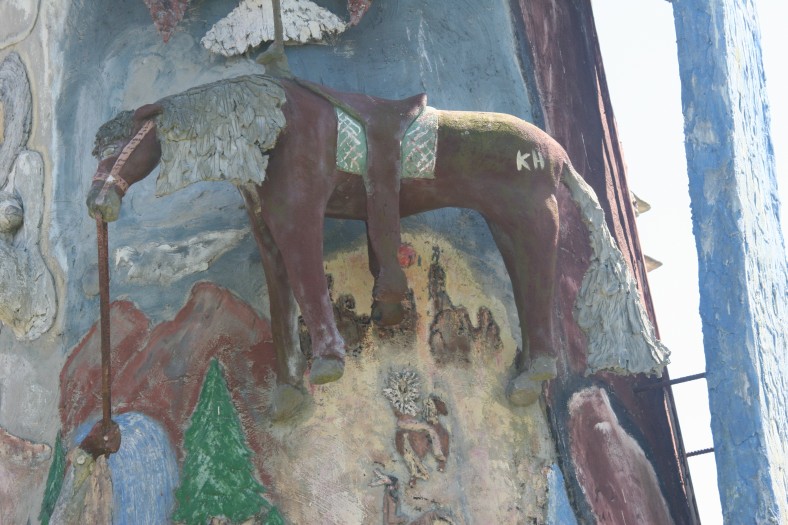
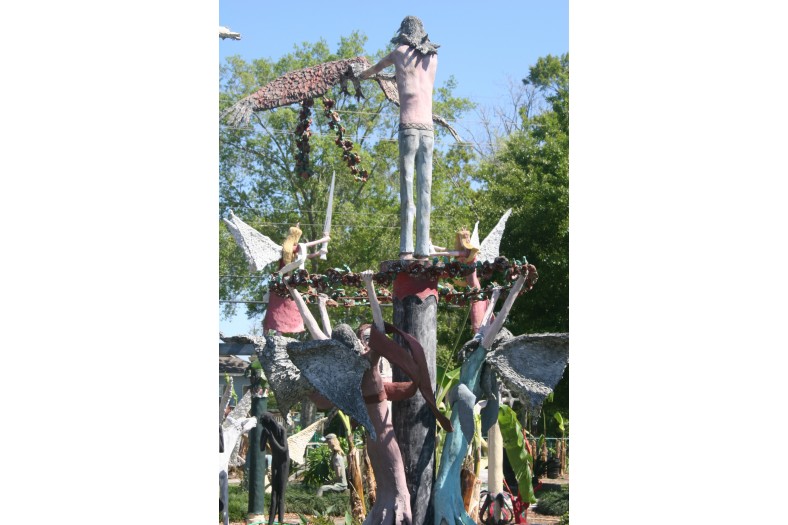
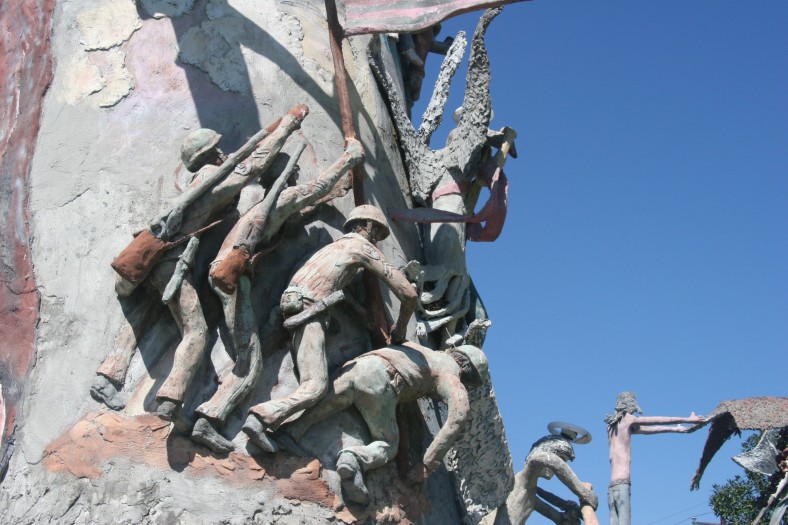
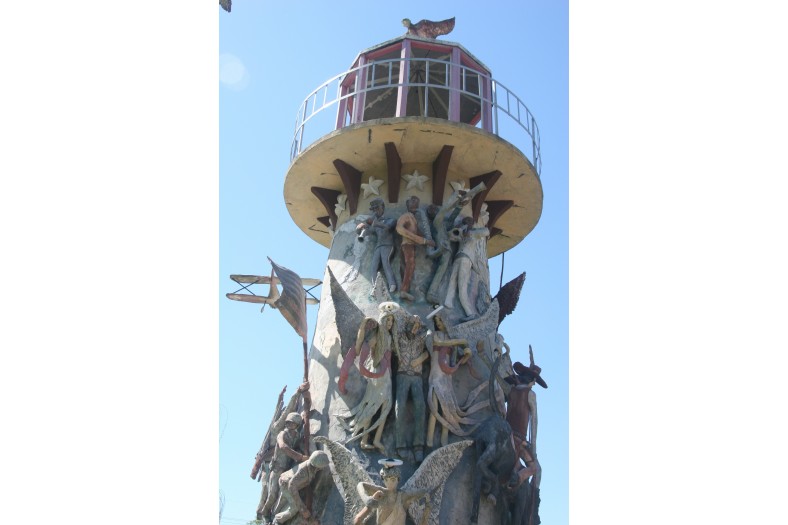
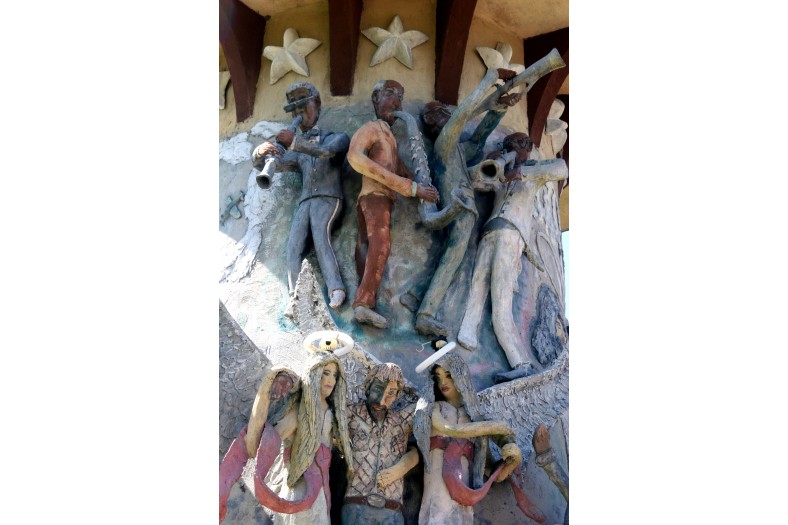

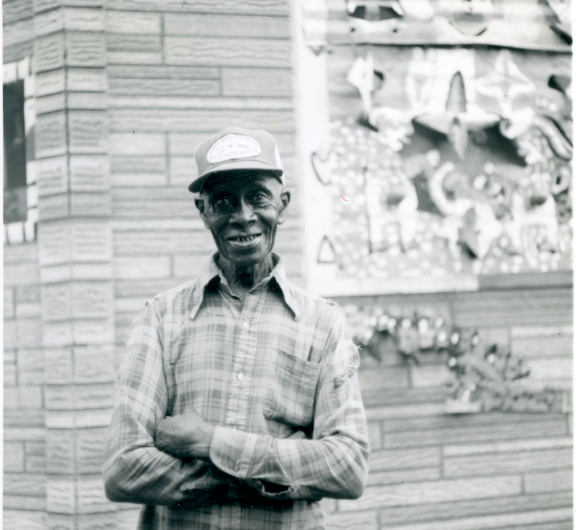
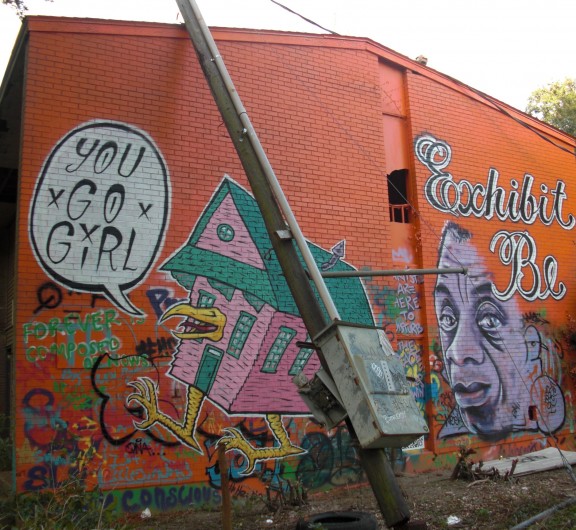
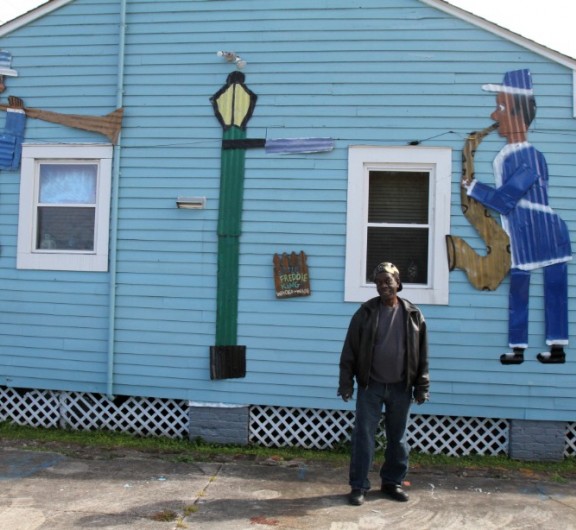


Post your comment
Comments
No one has commented on this page yet.